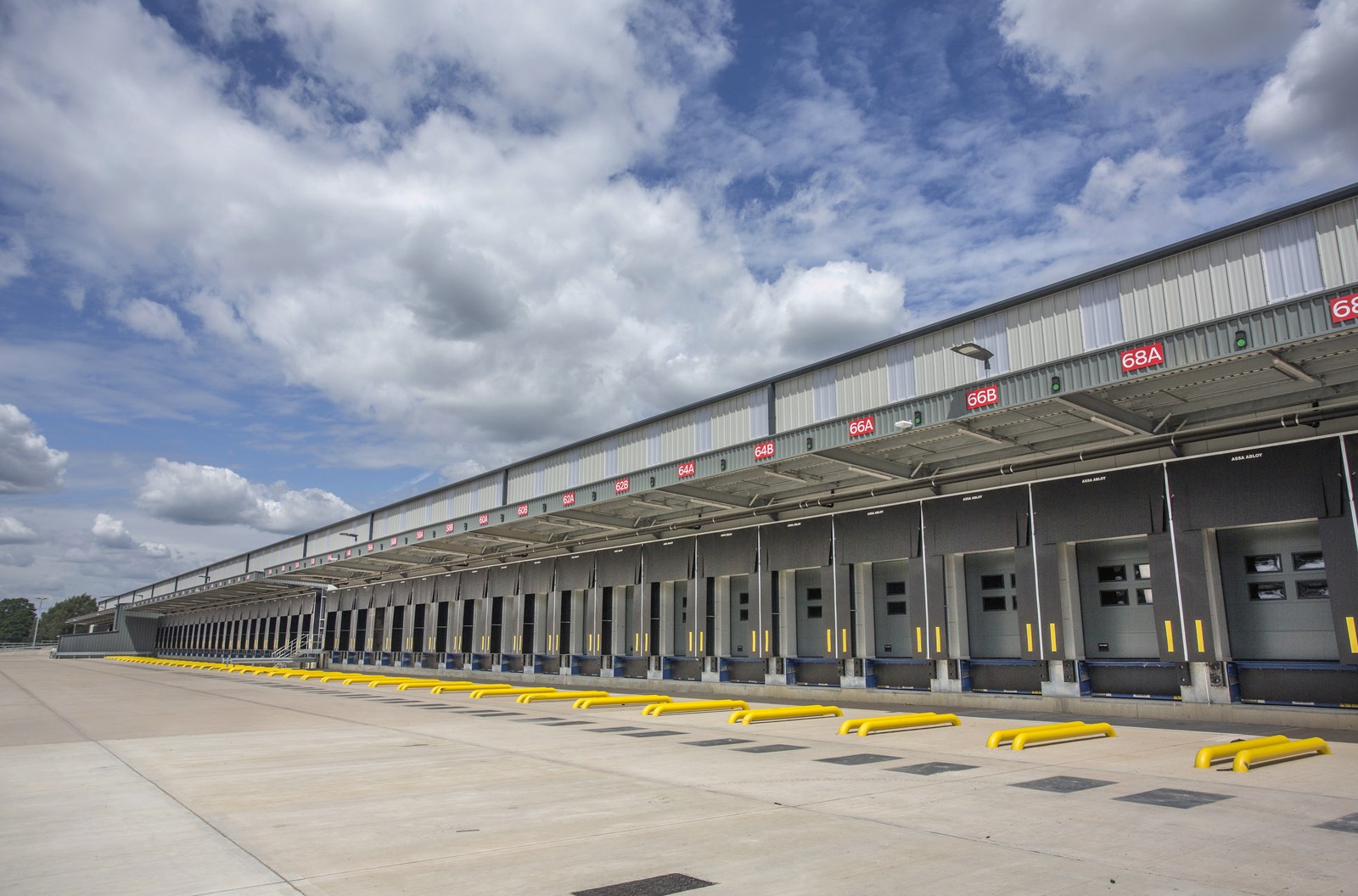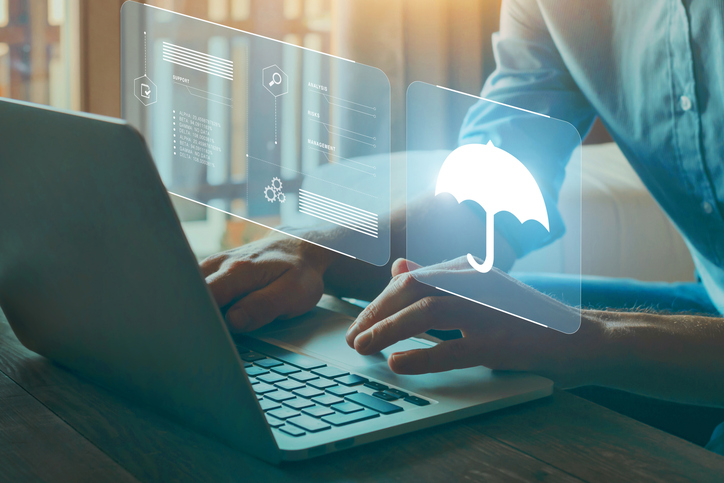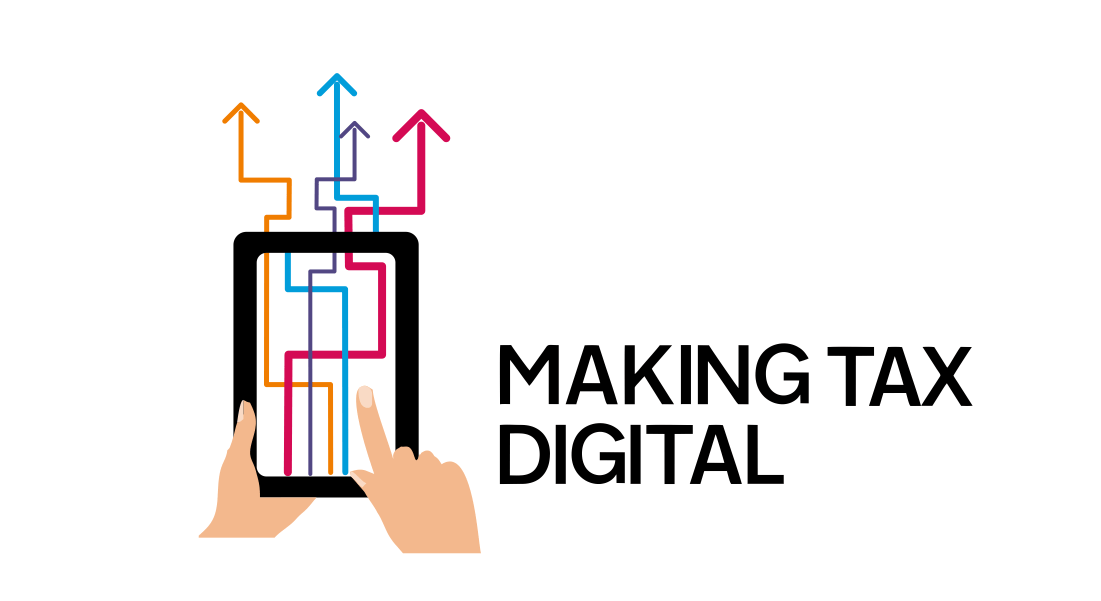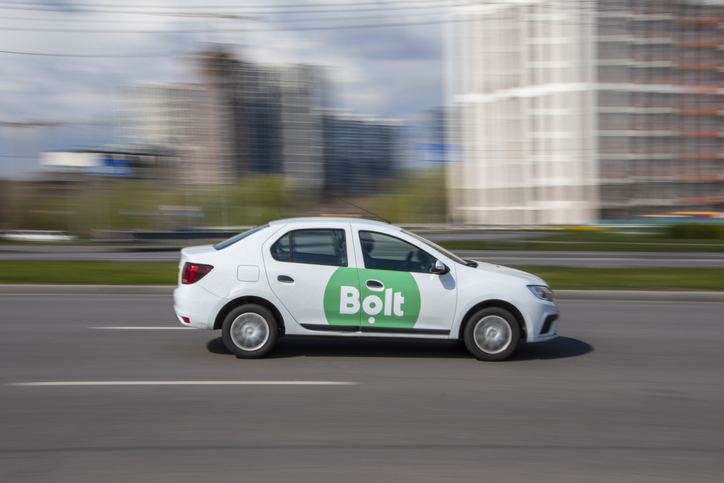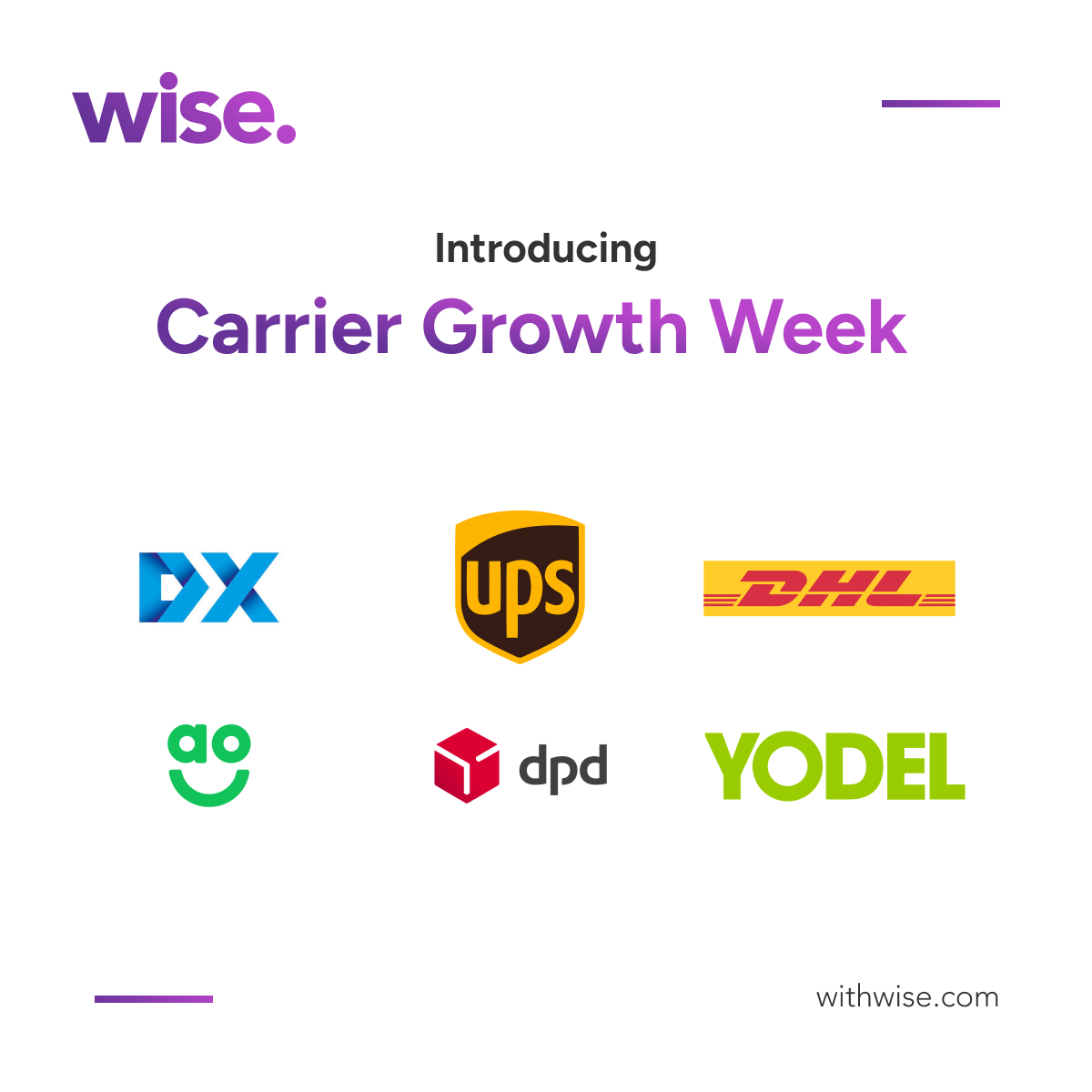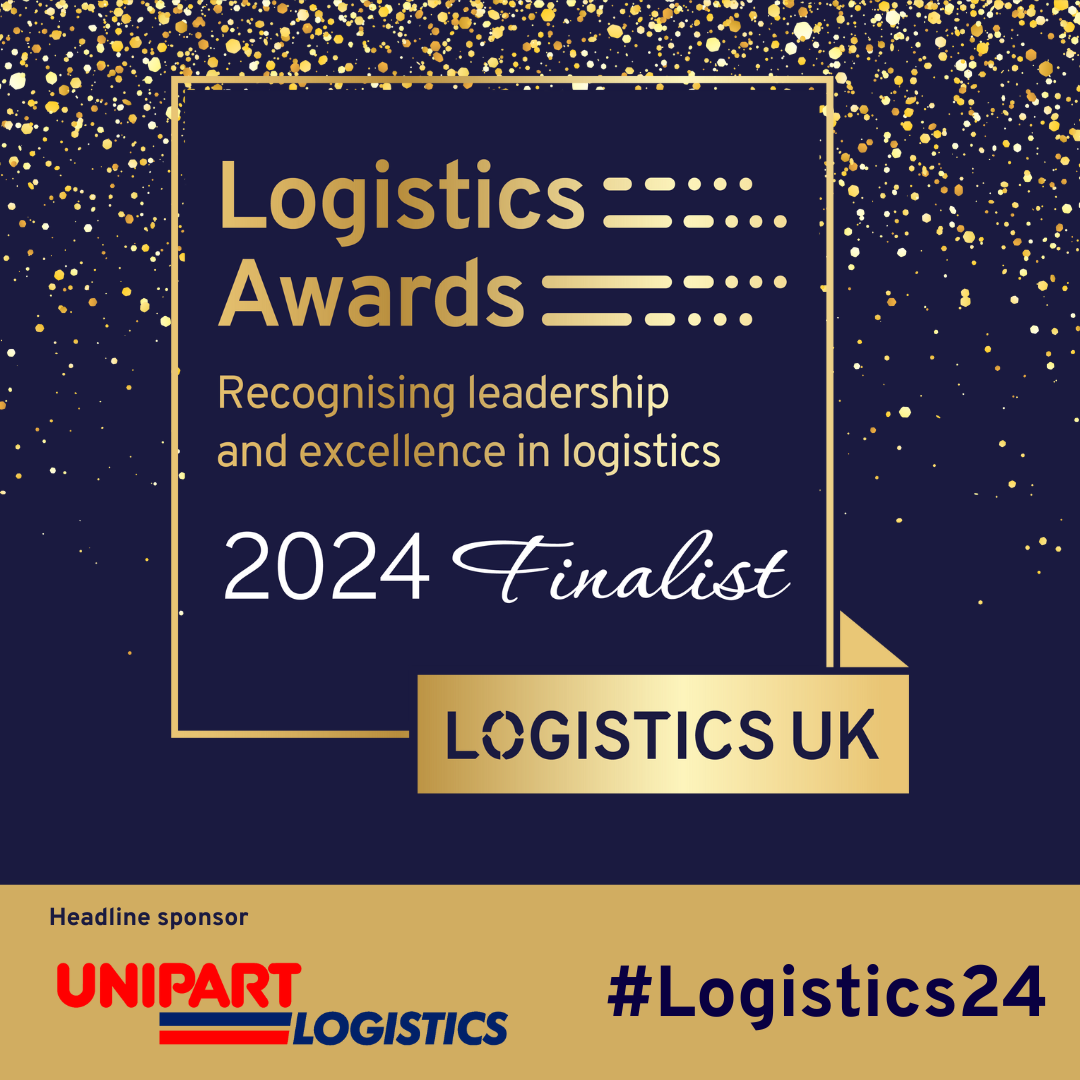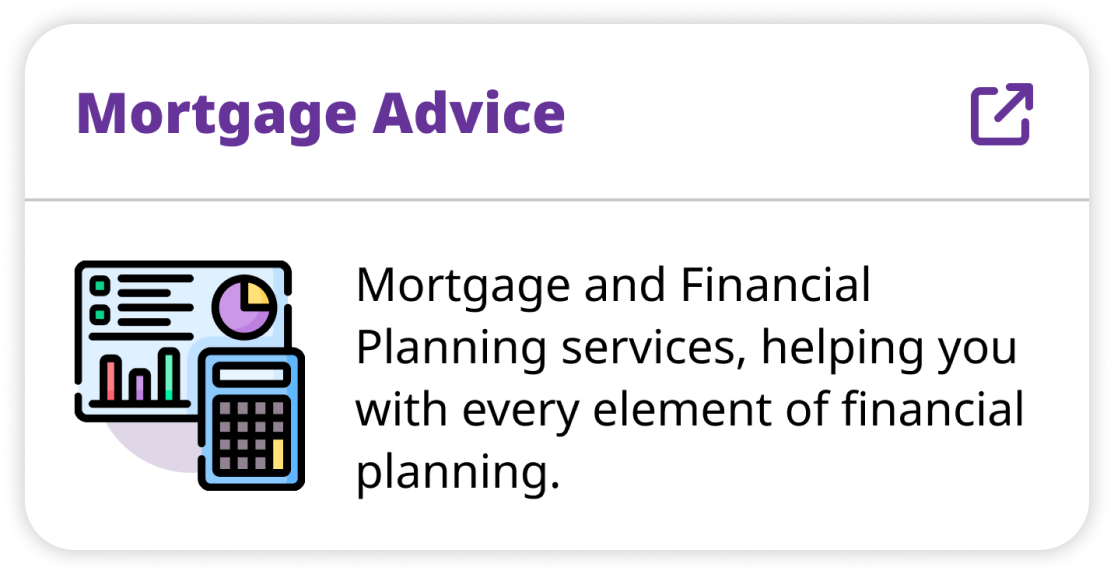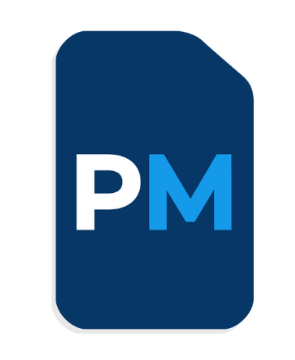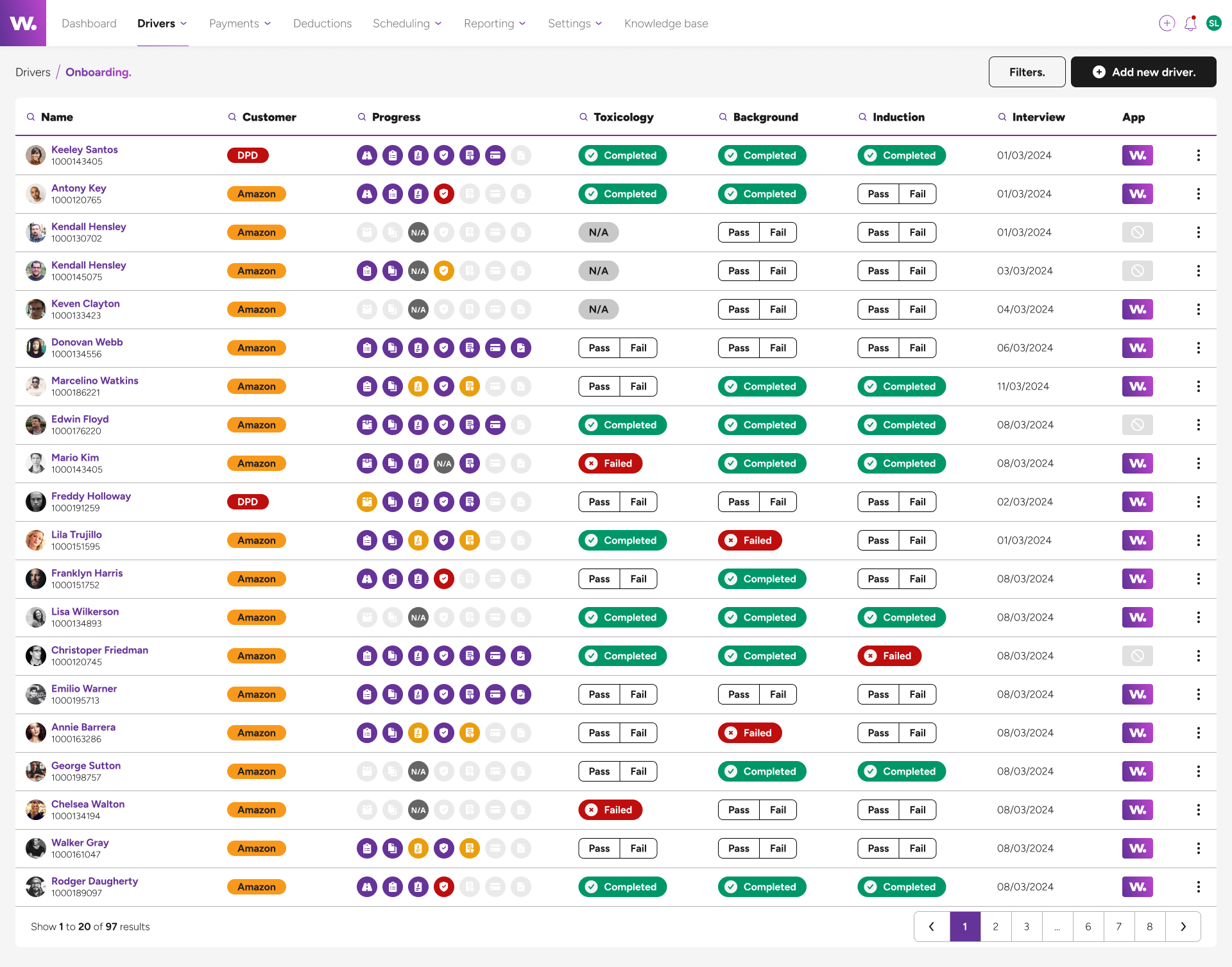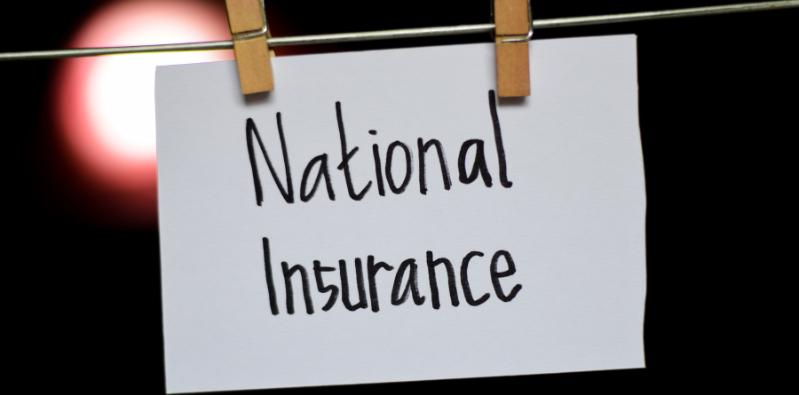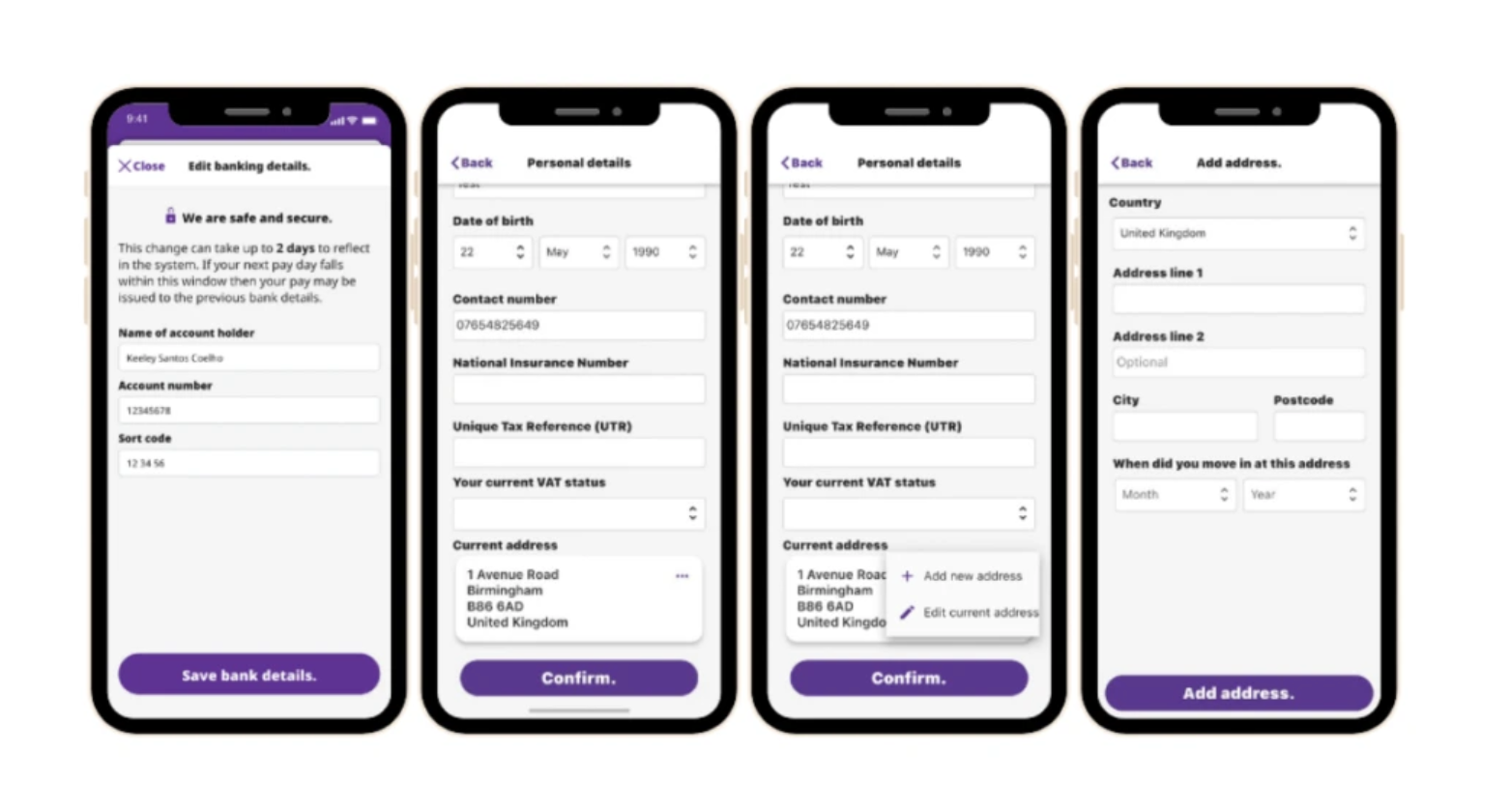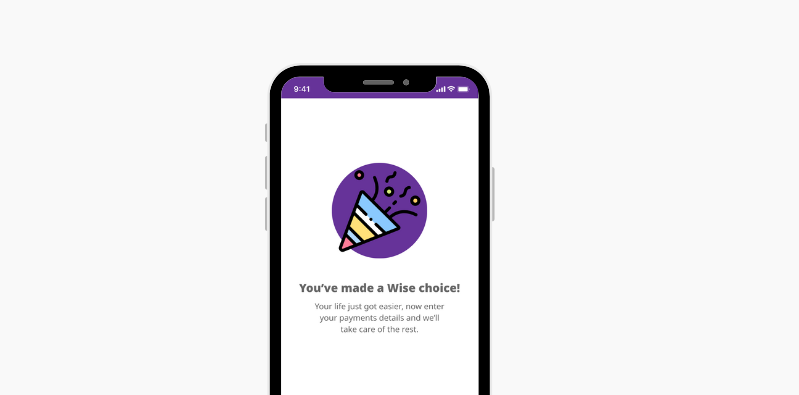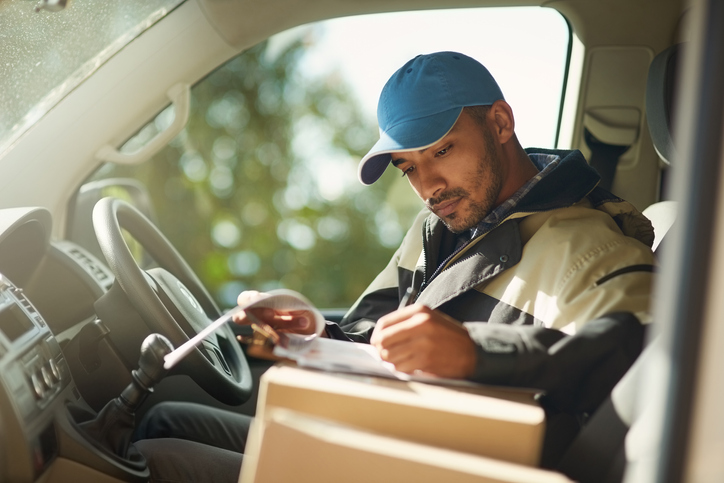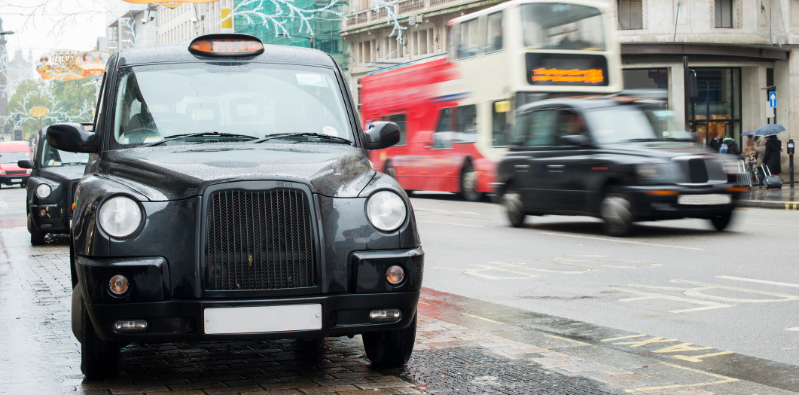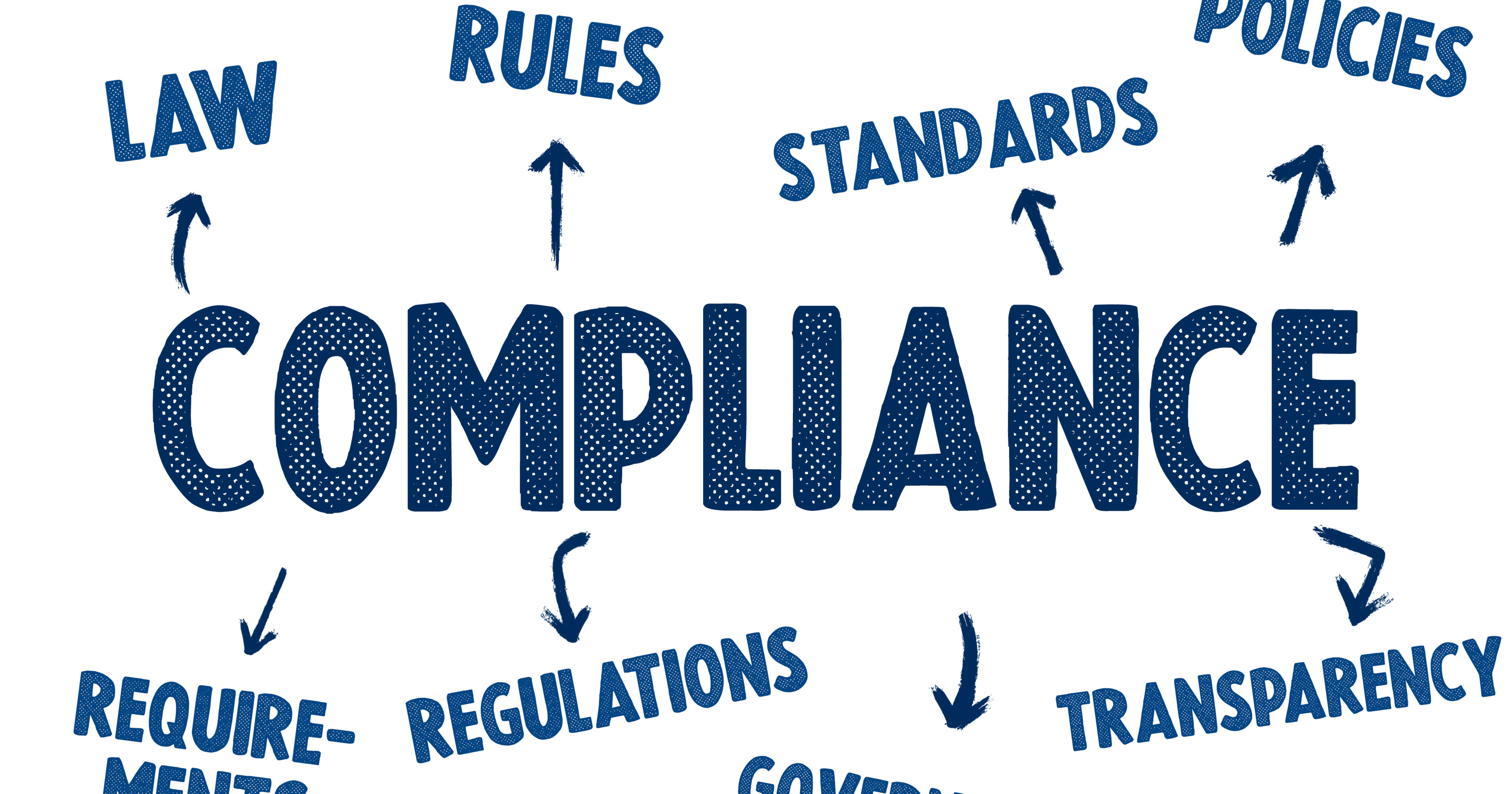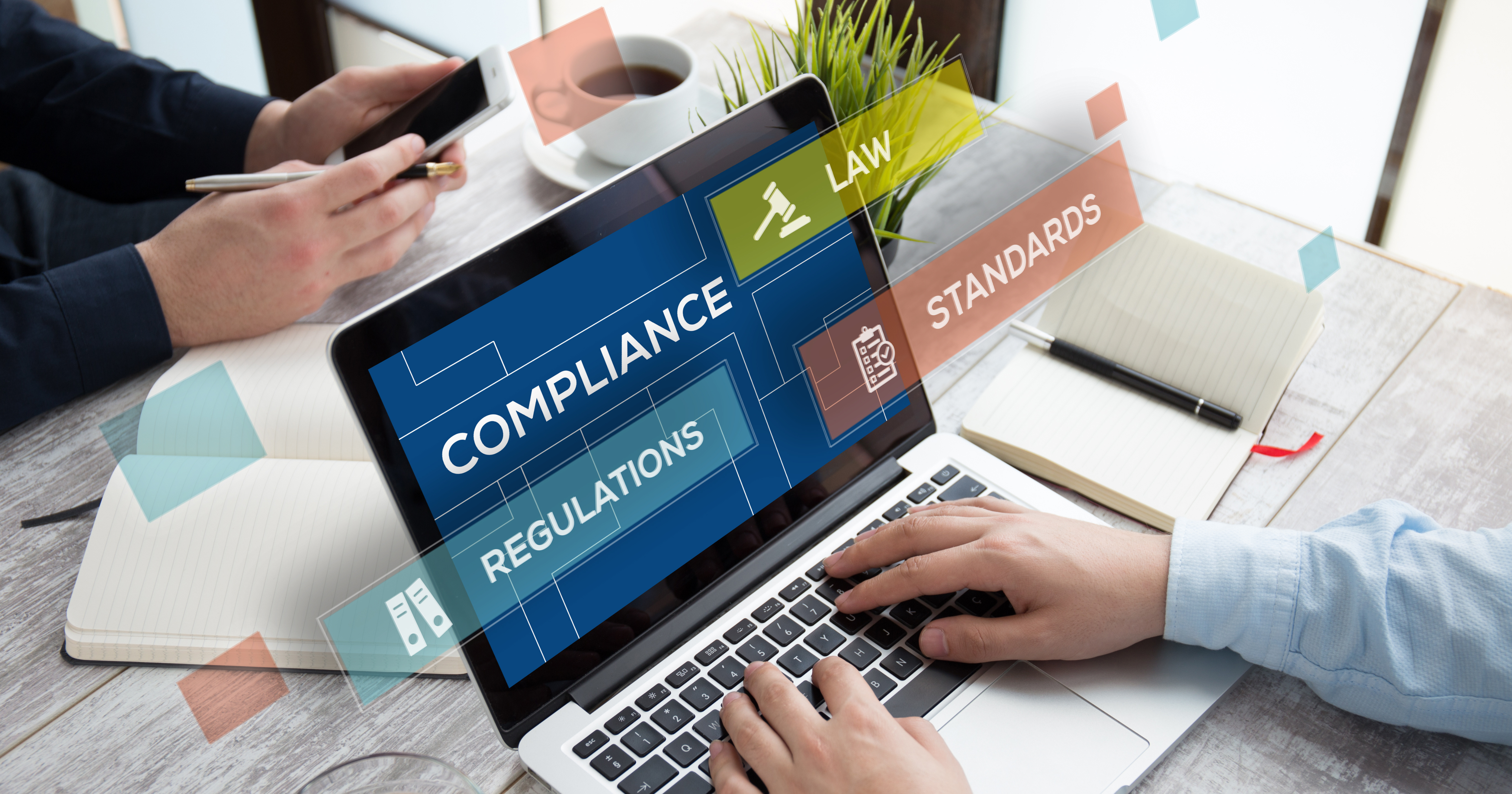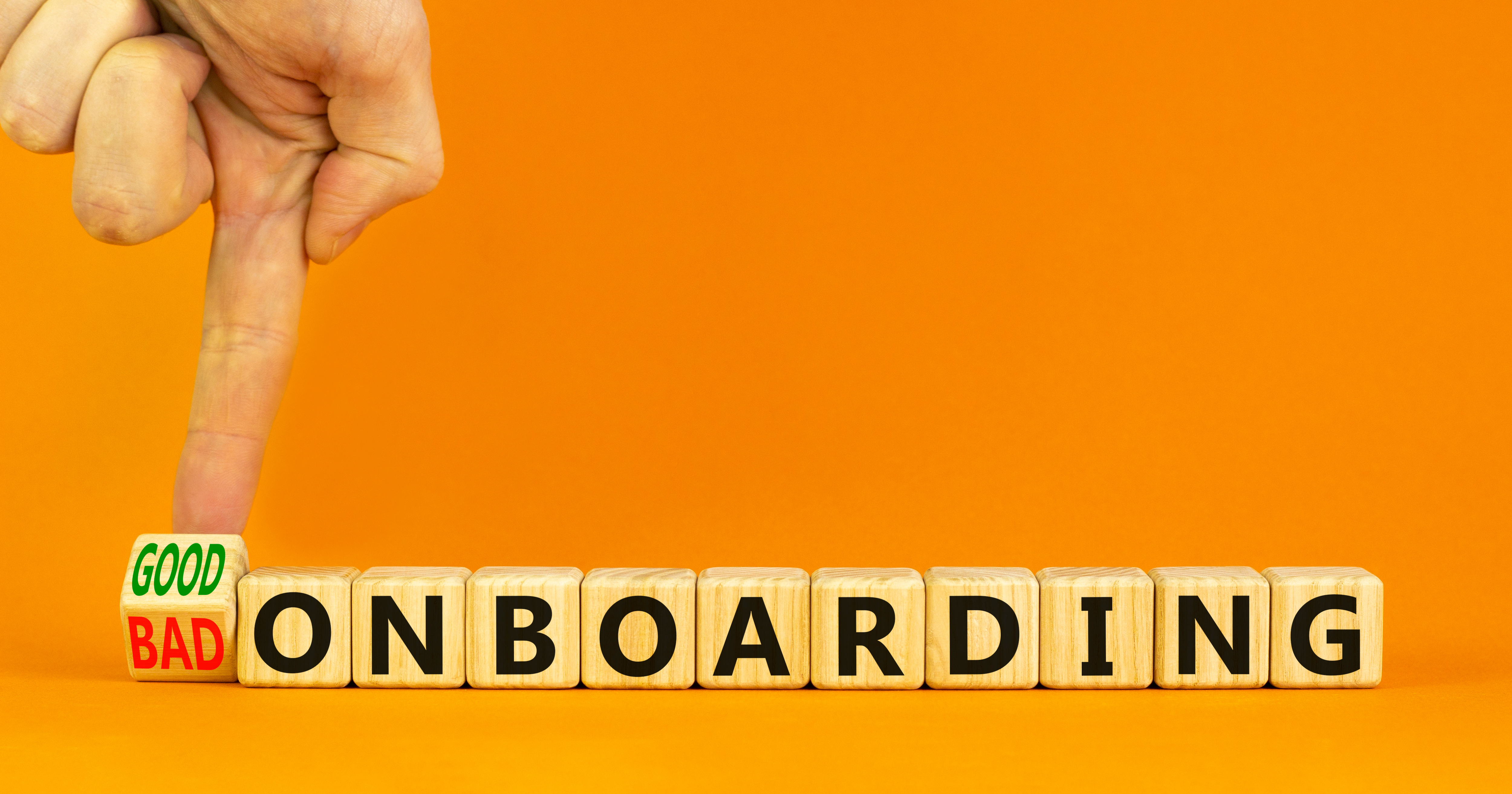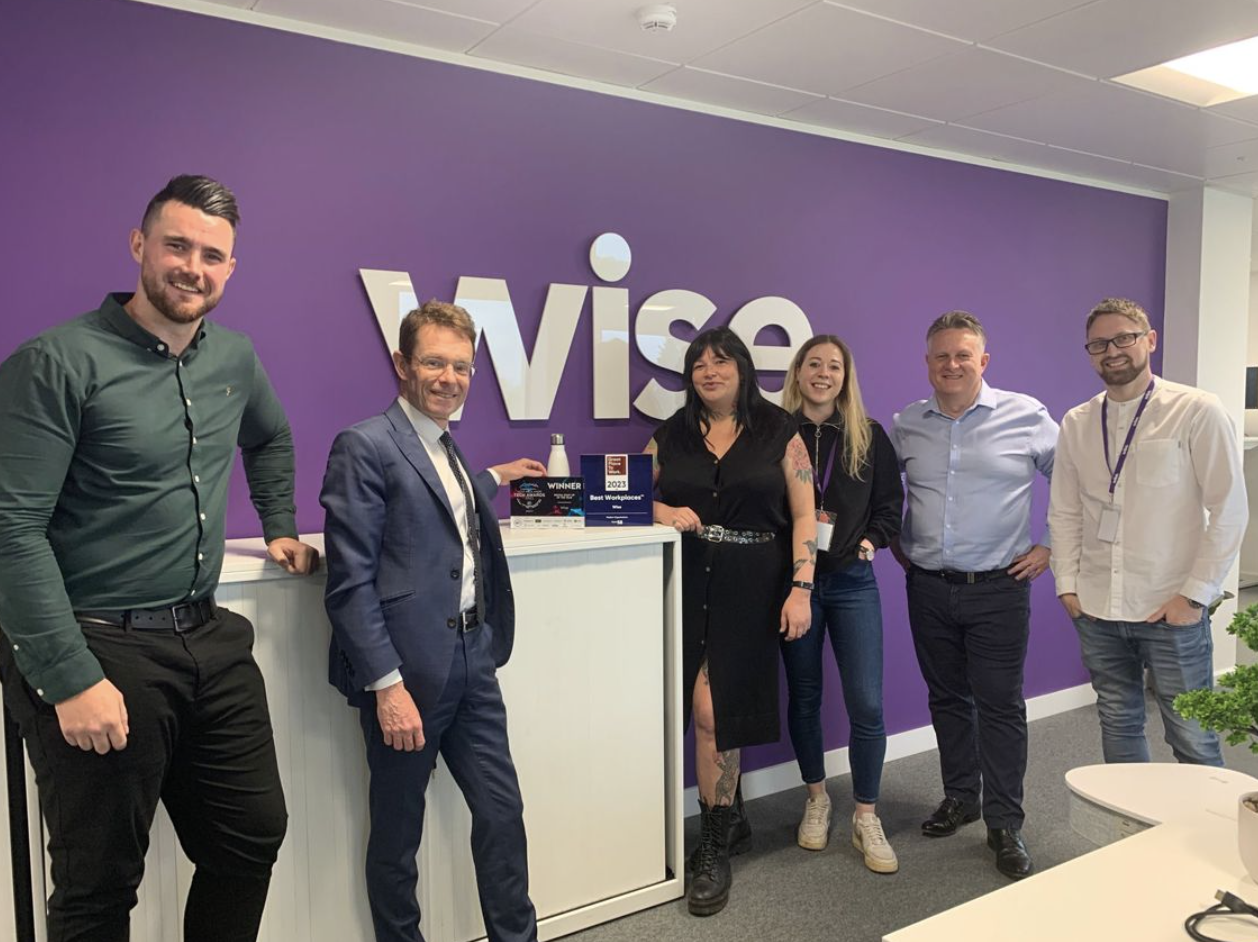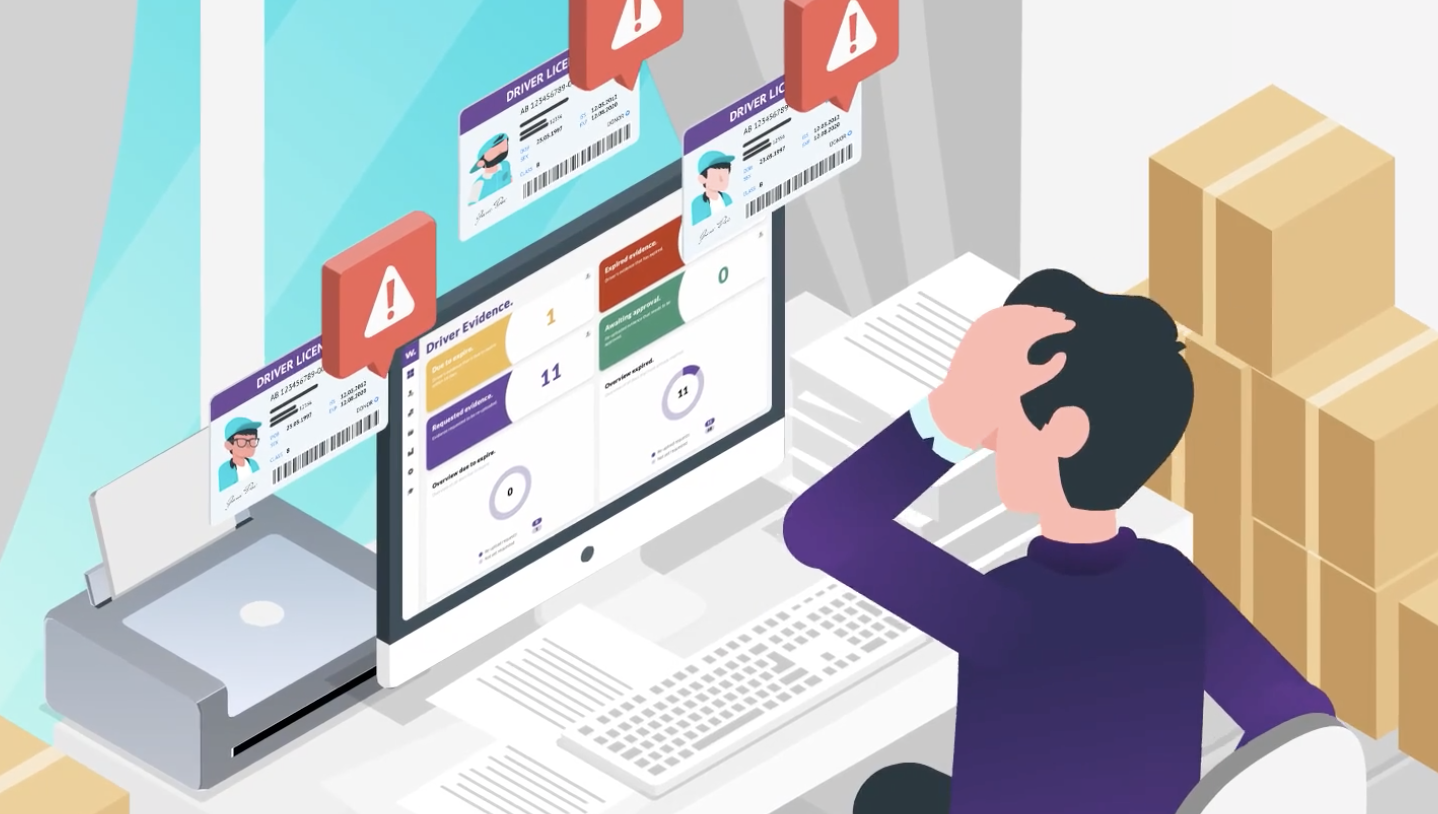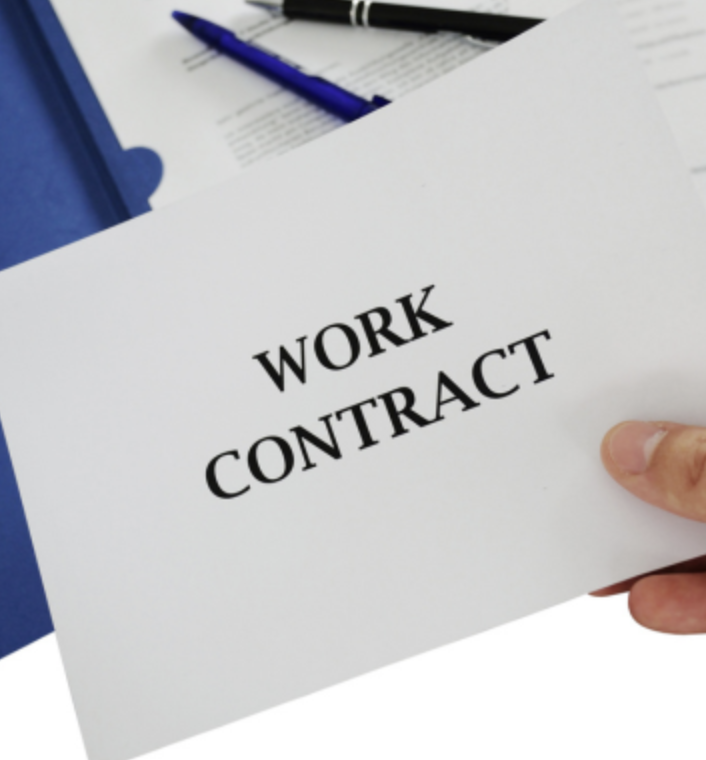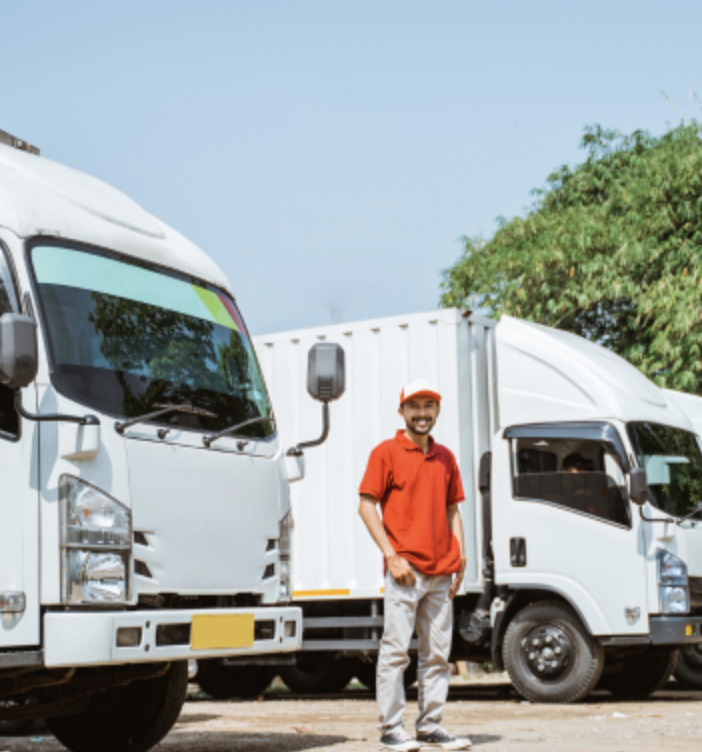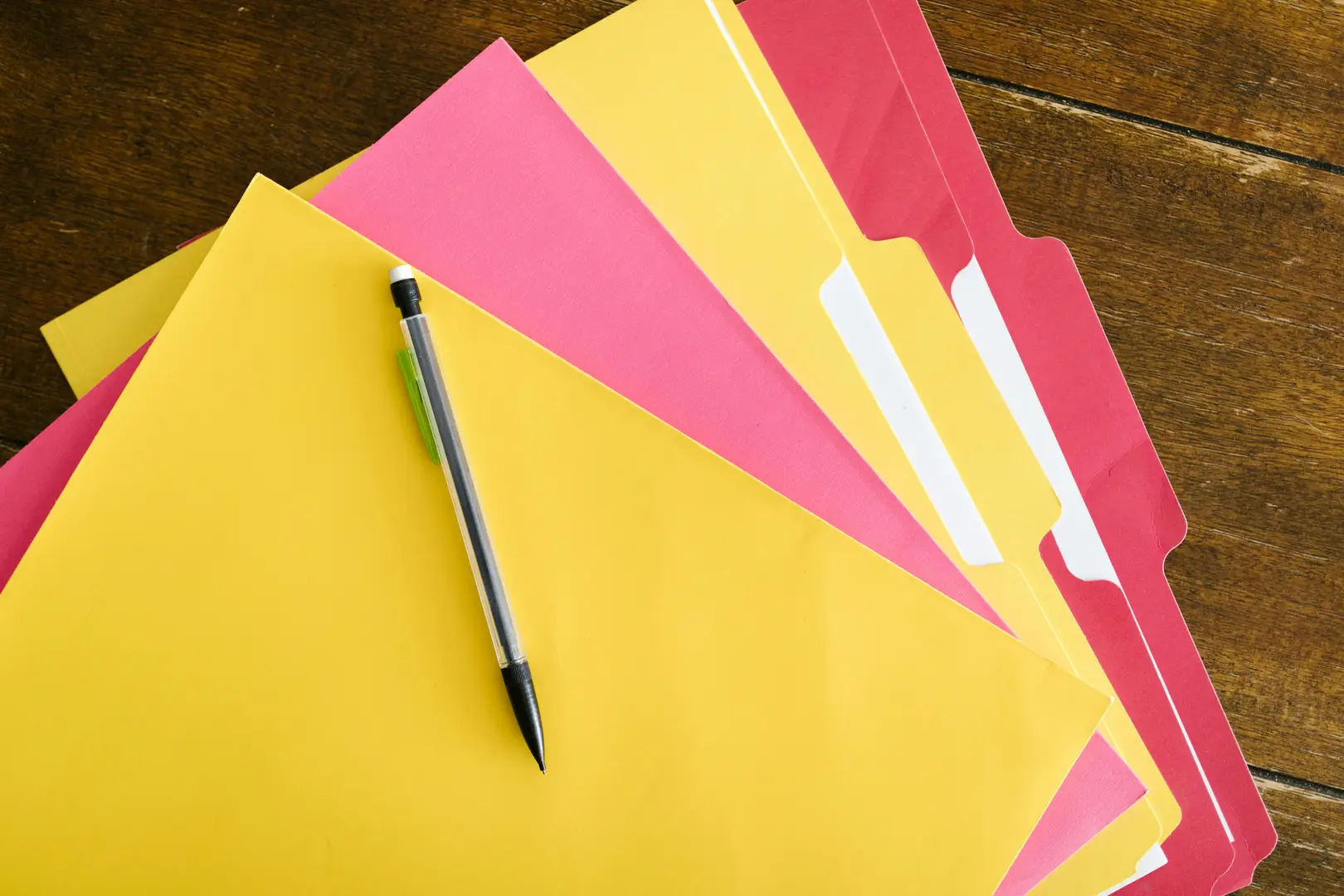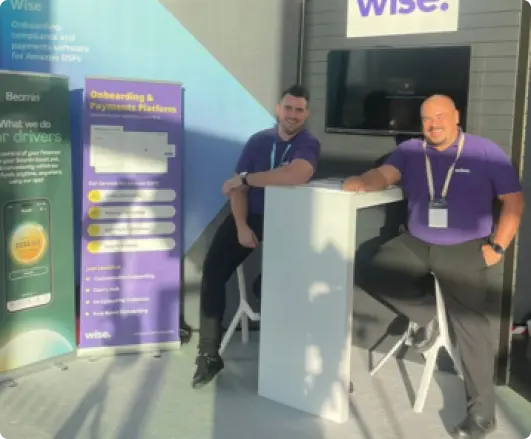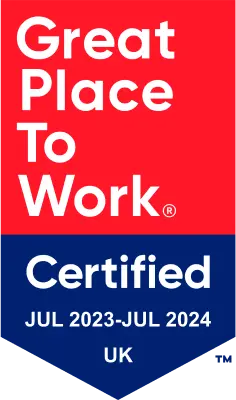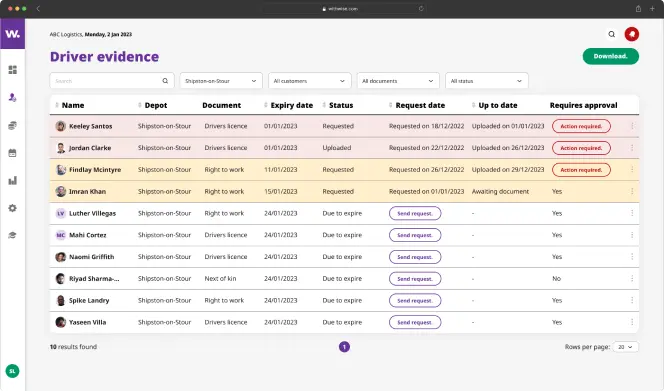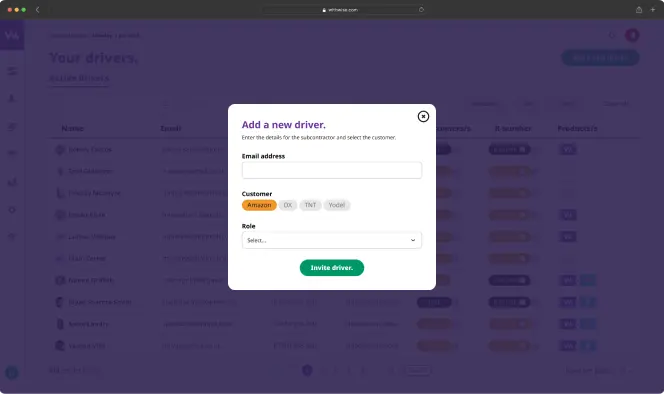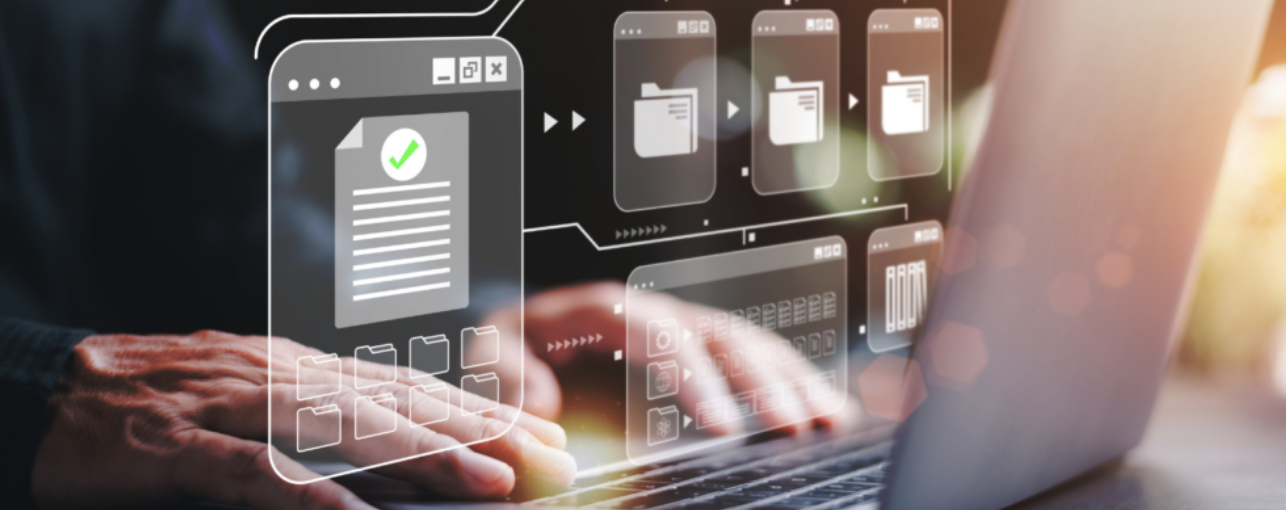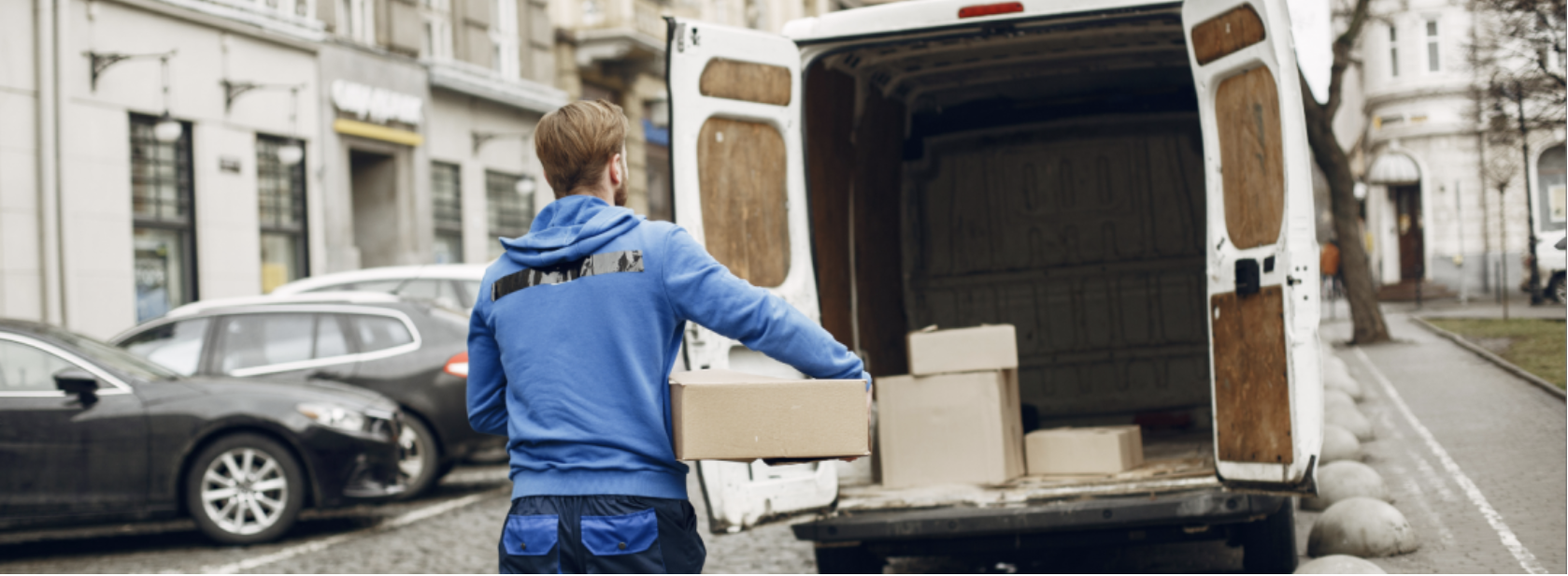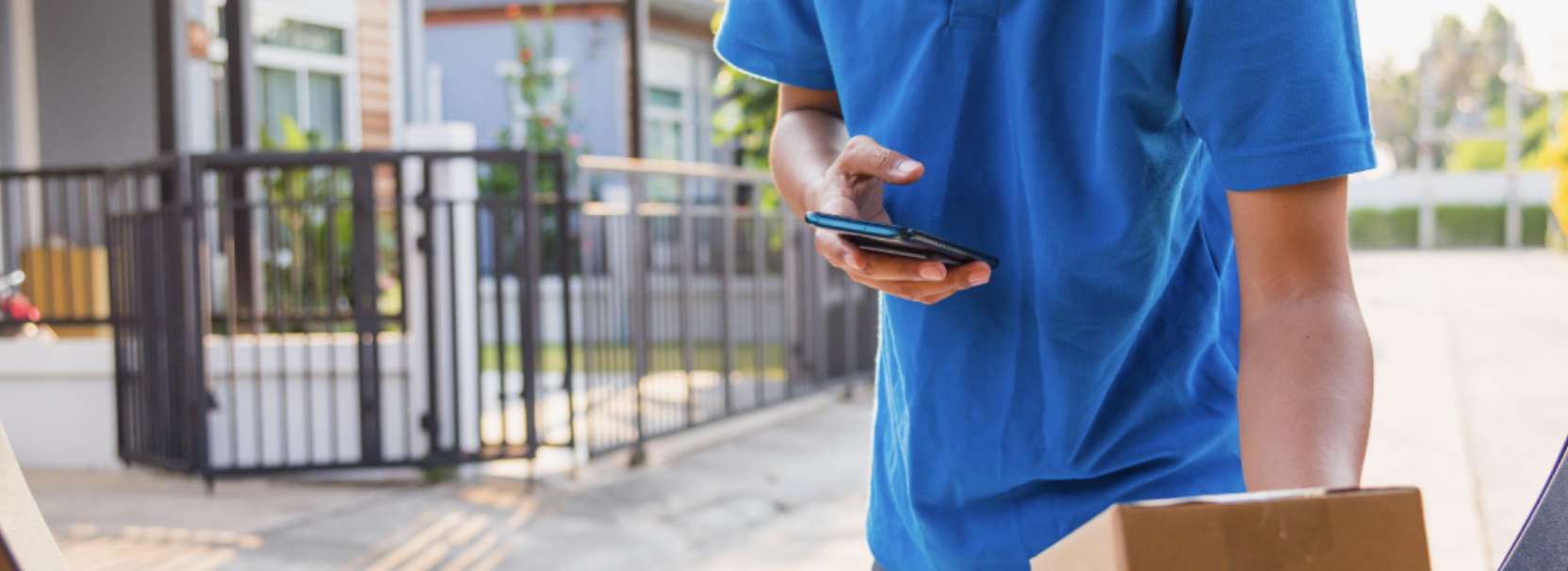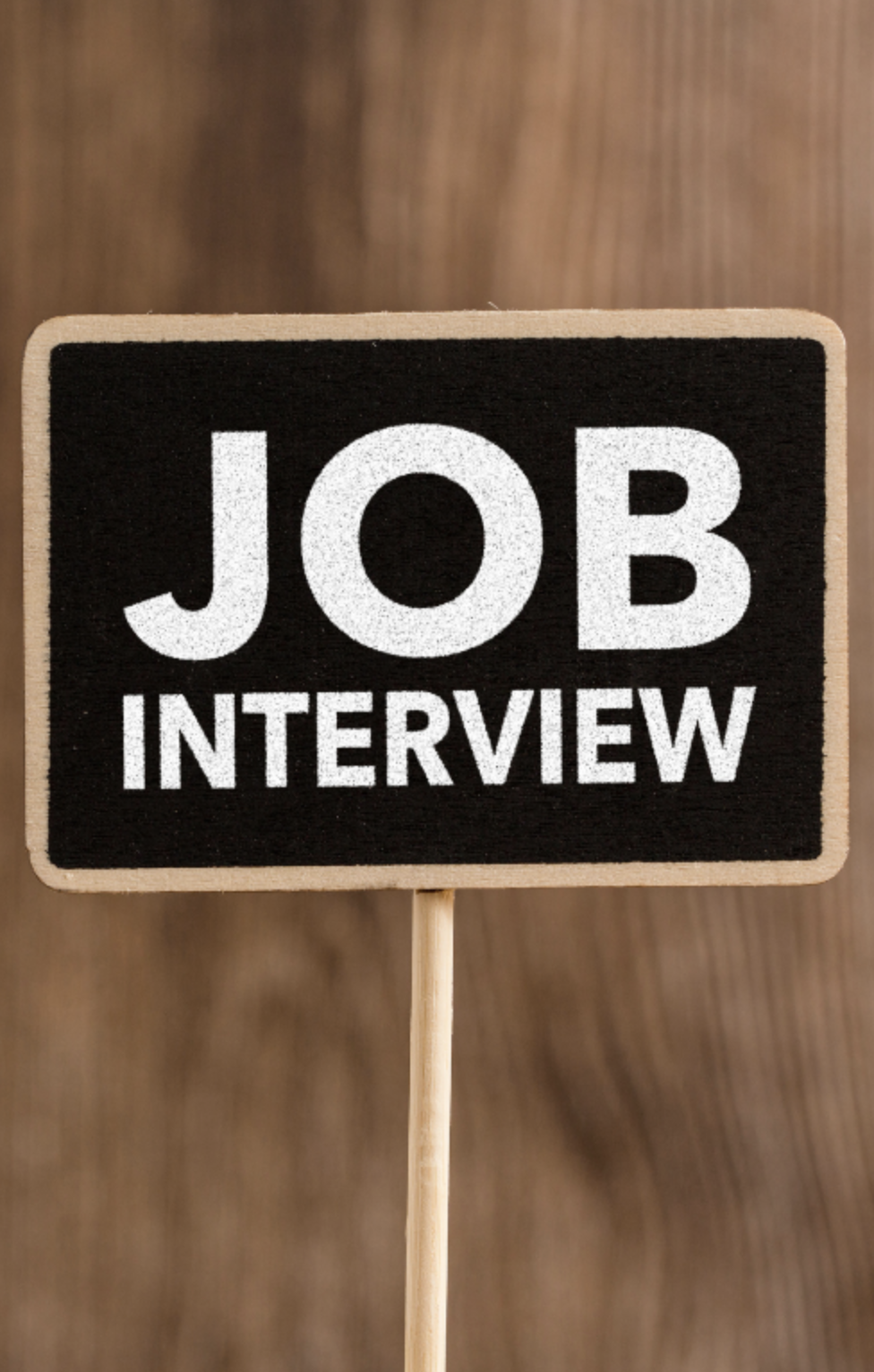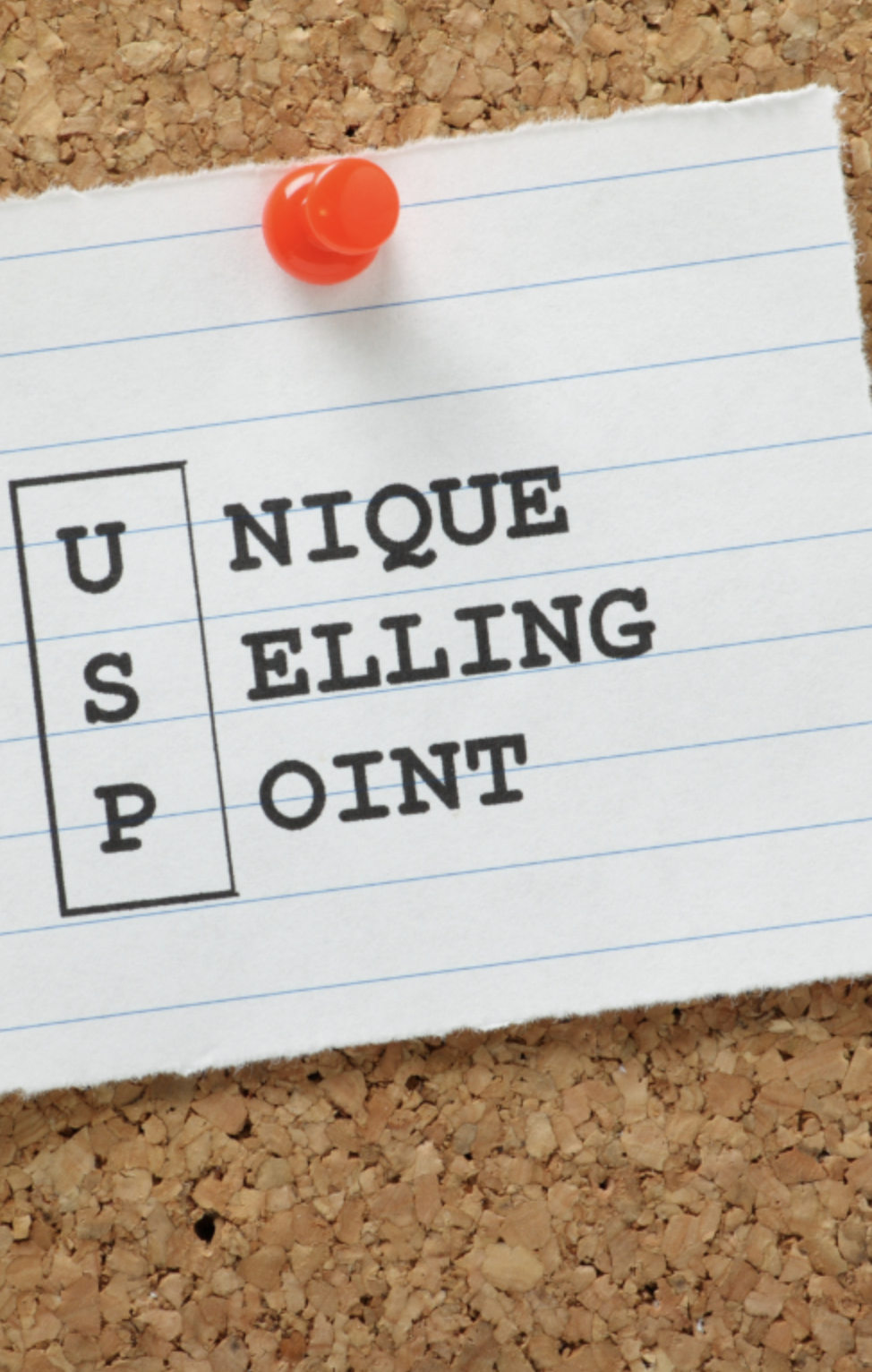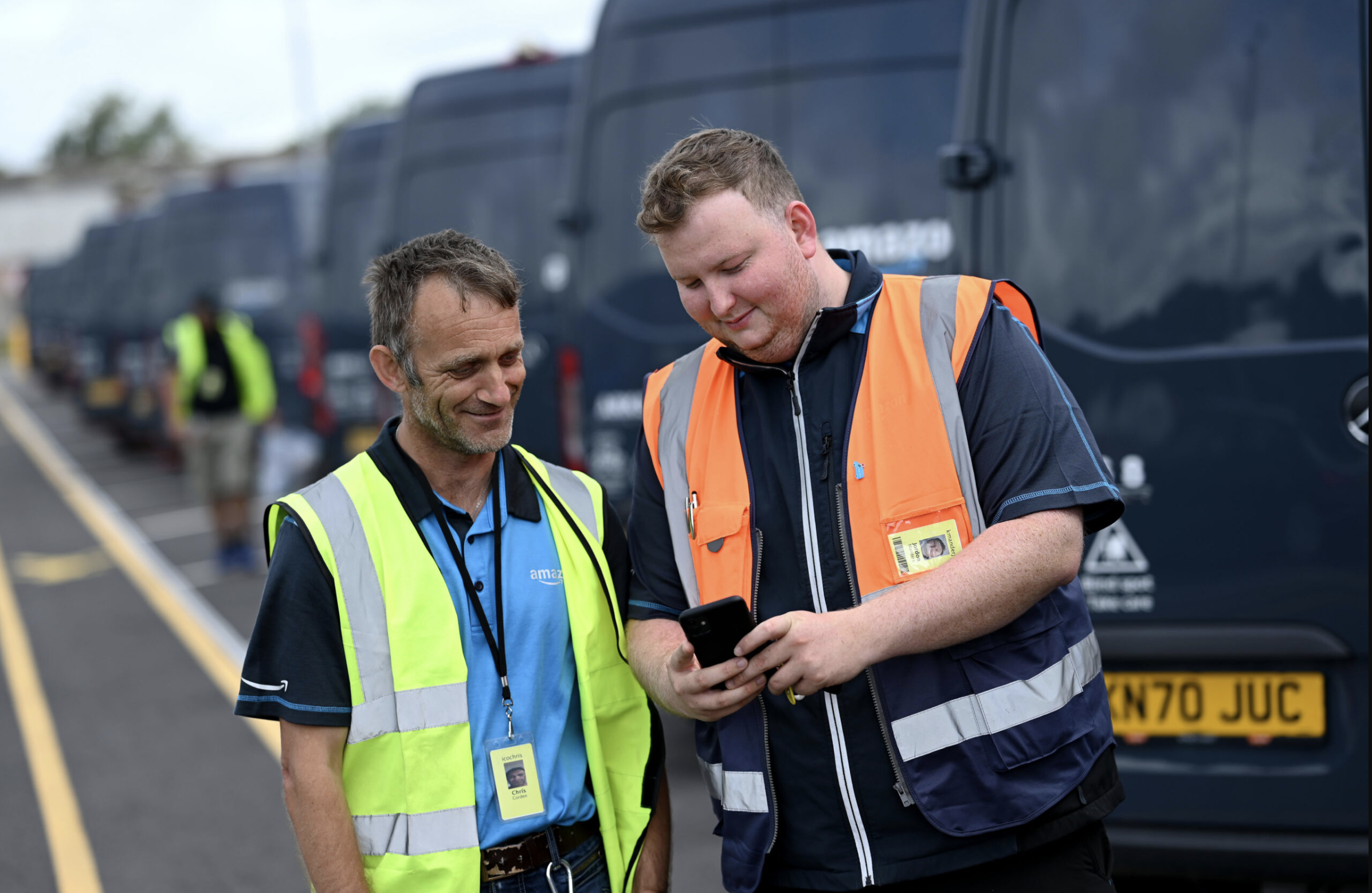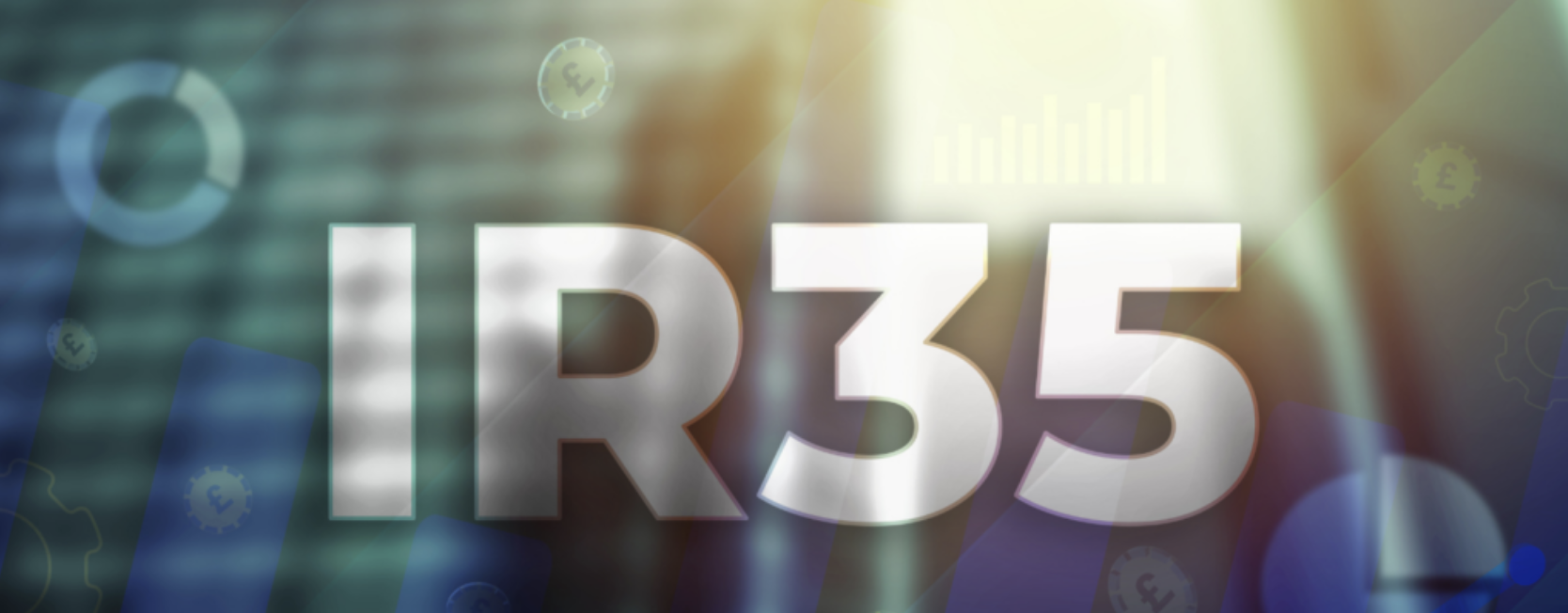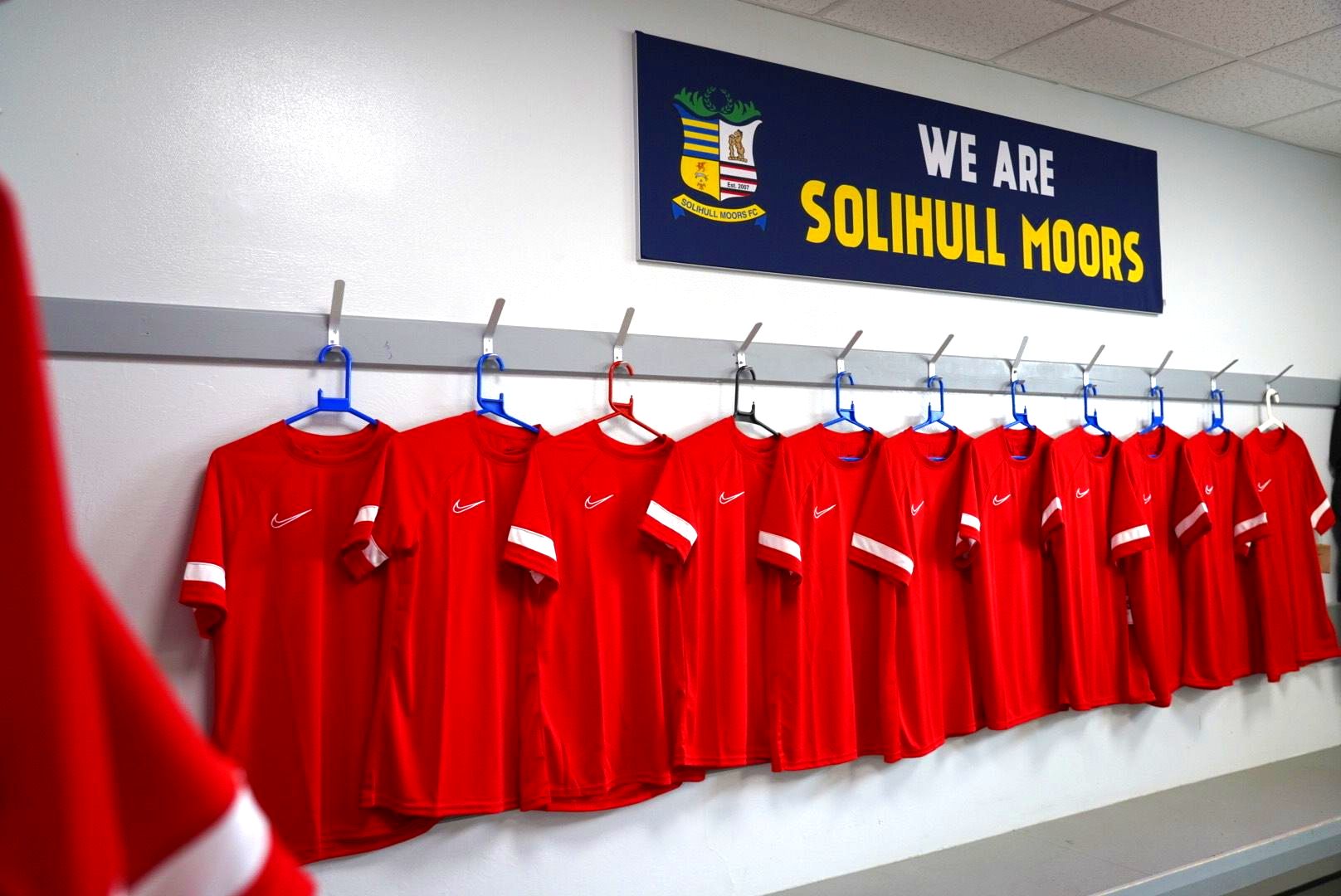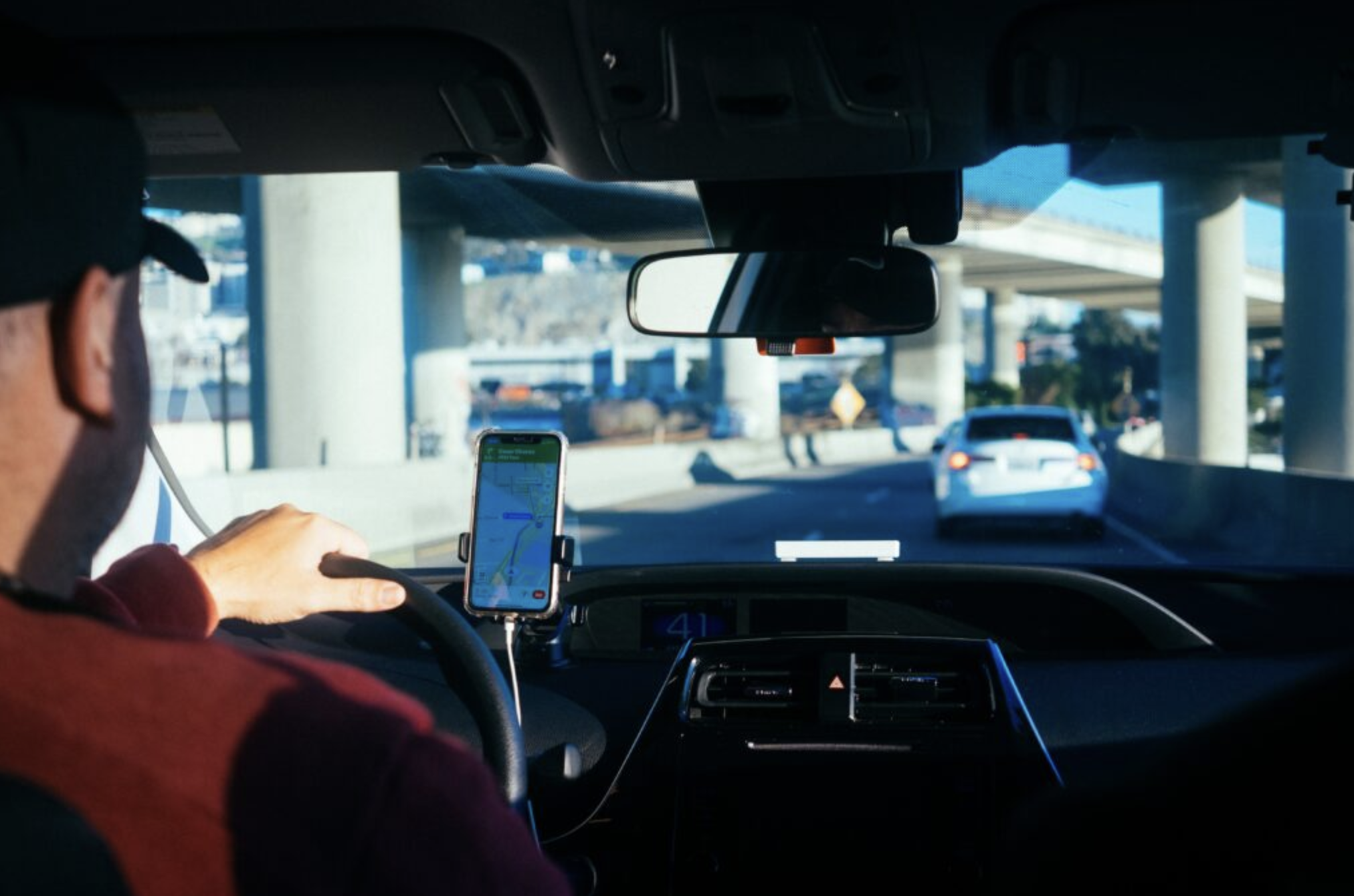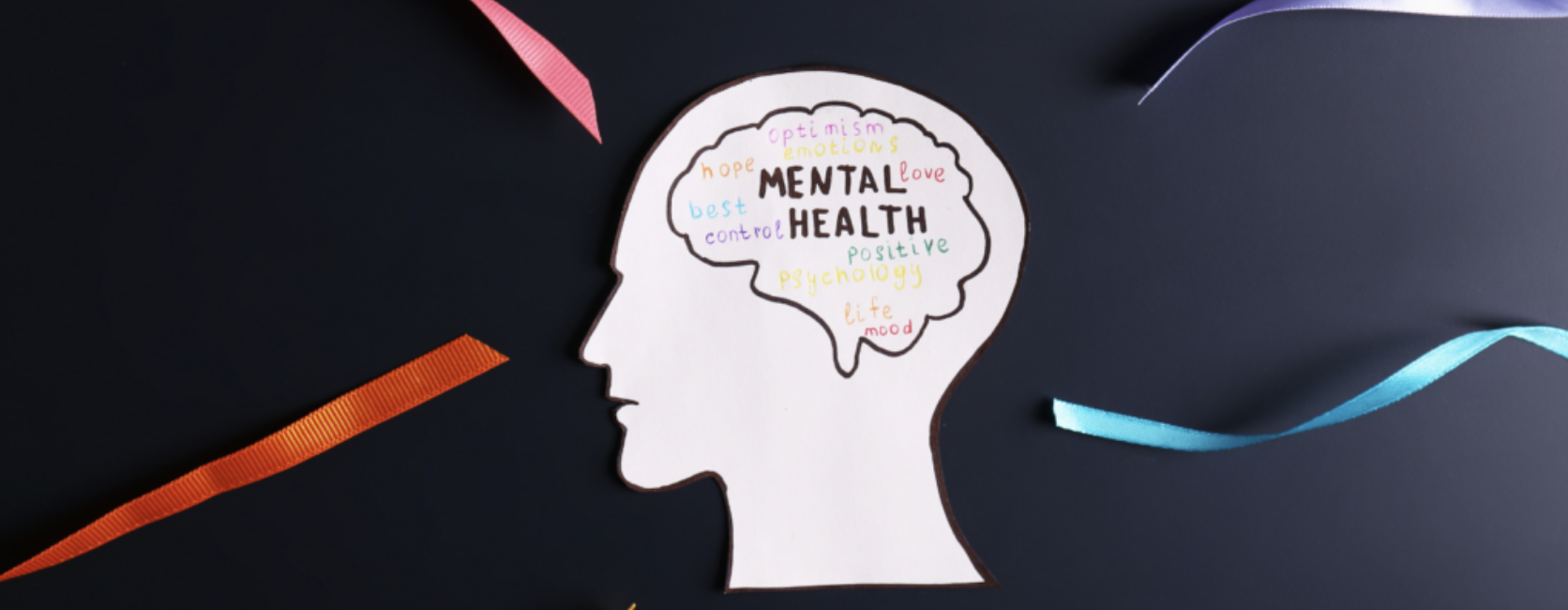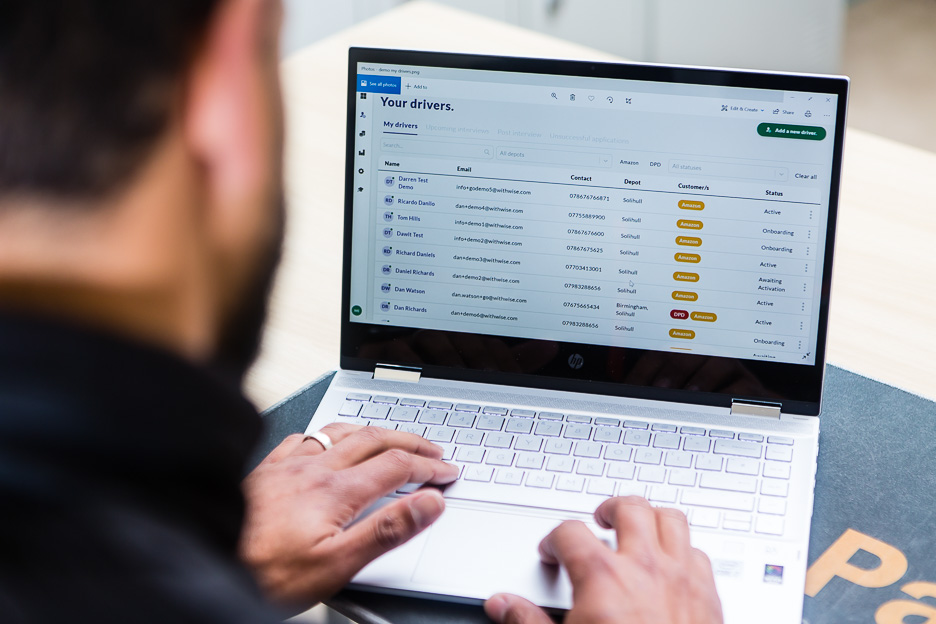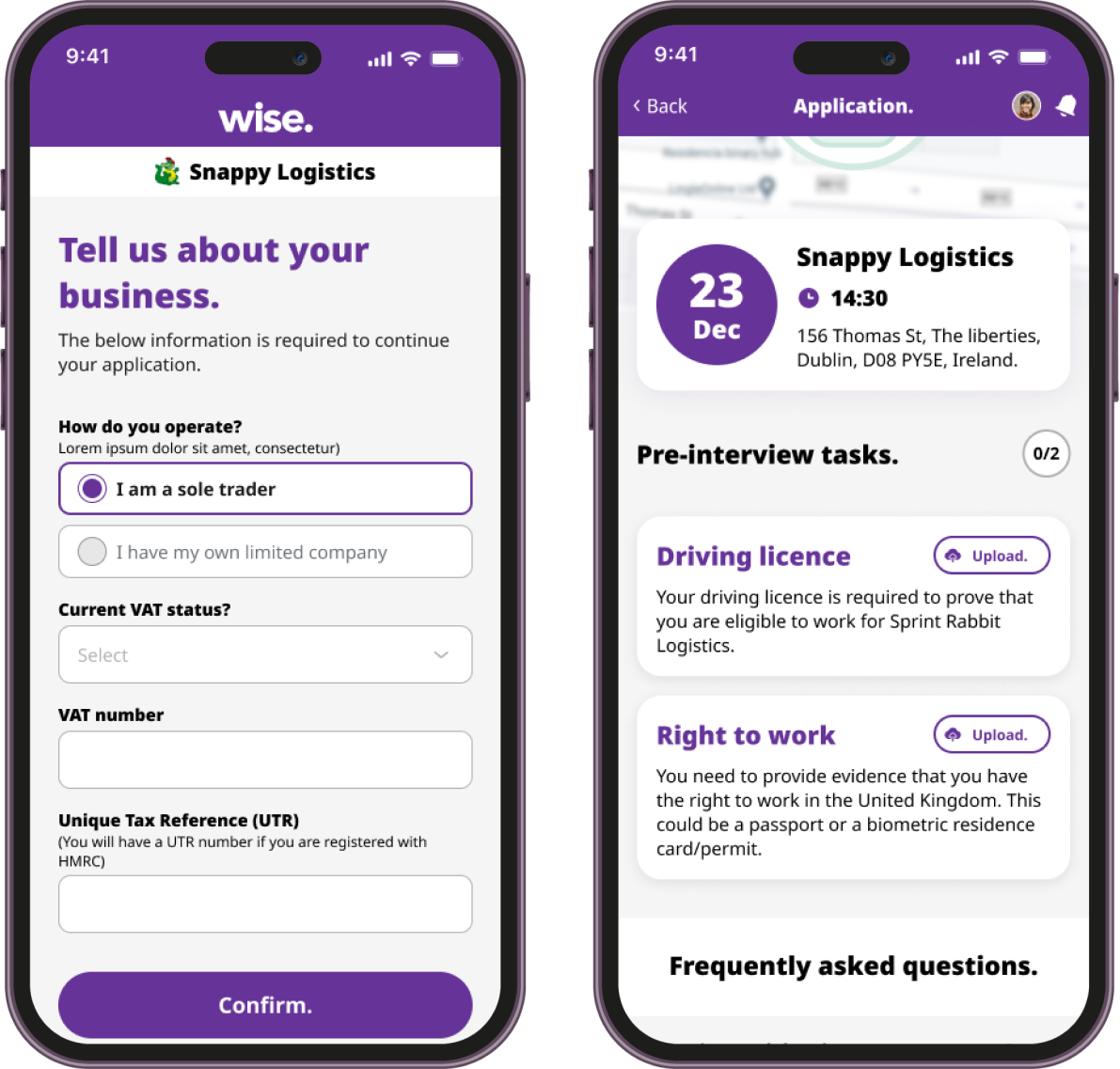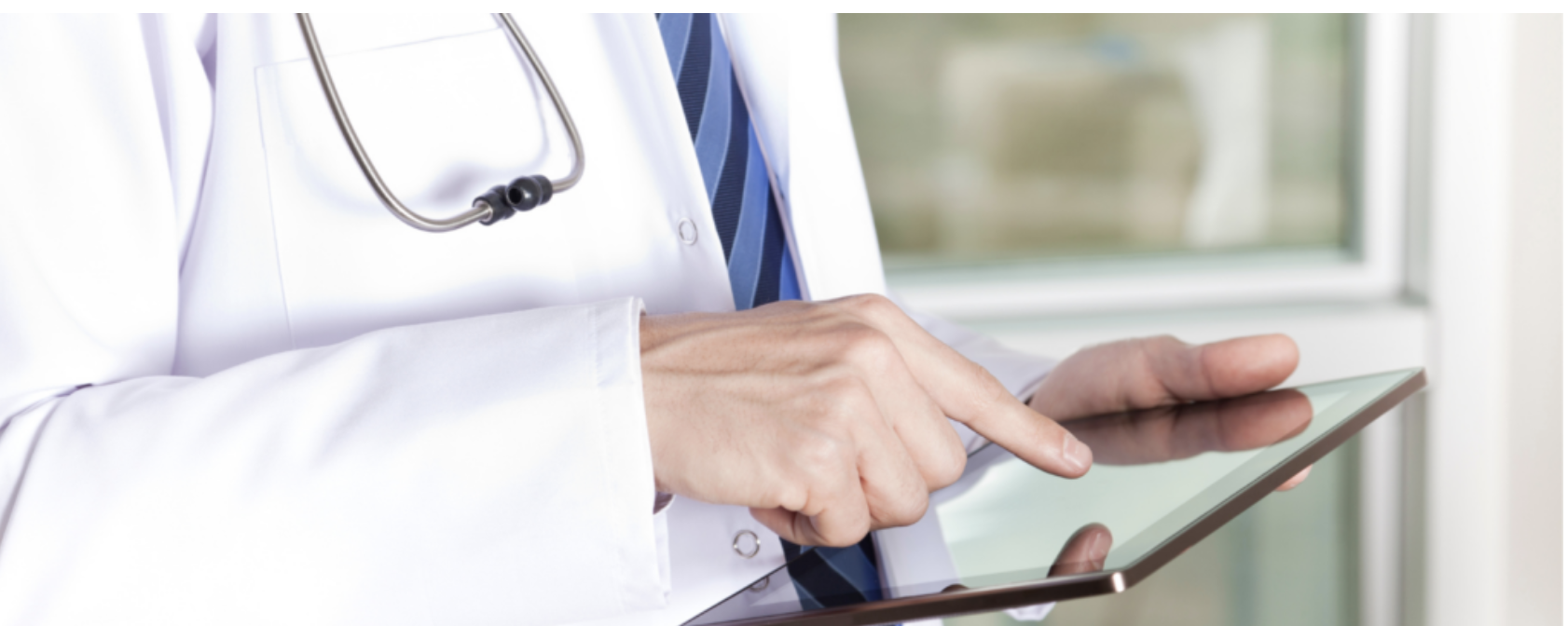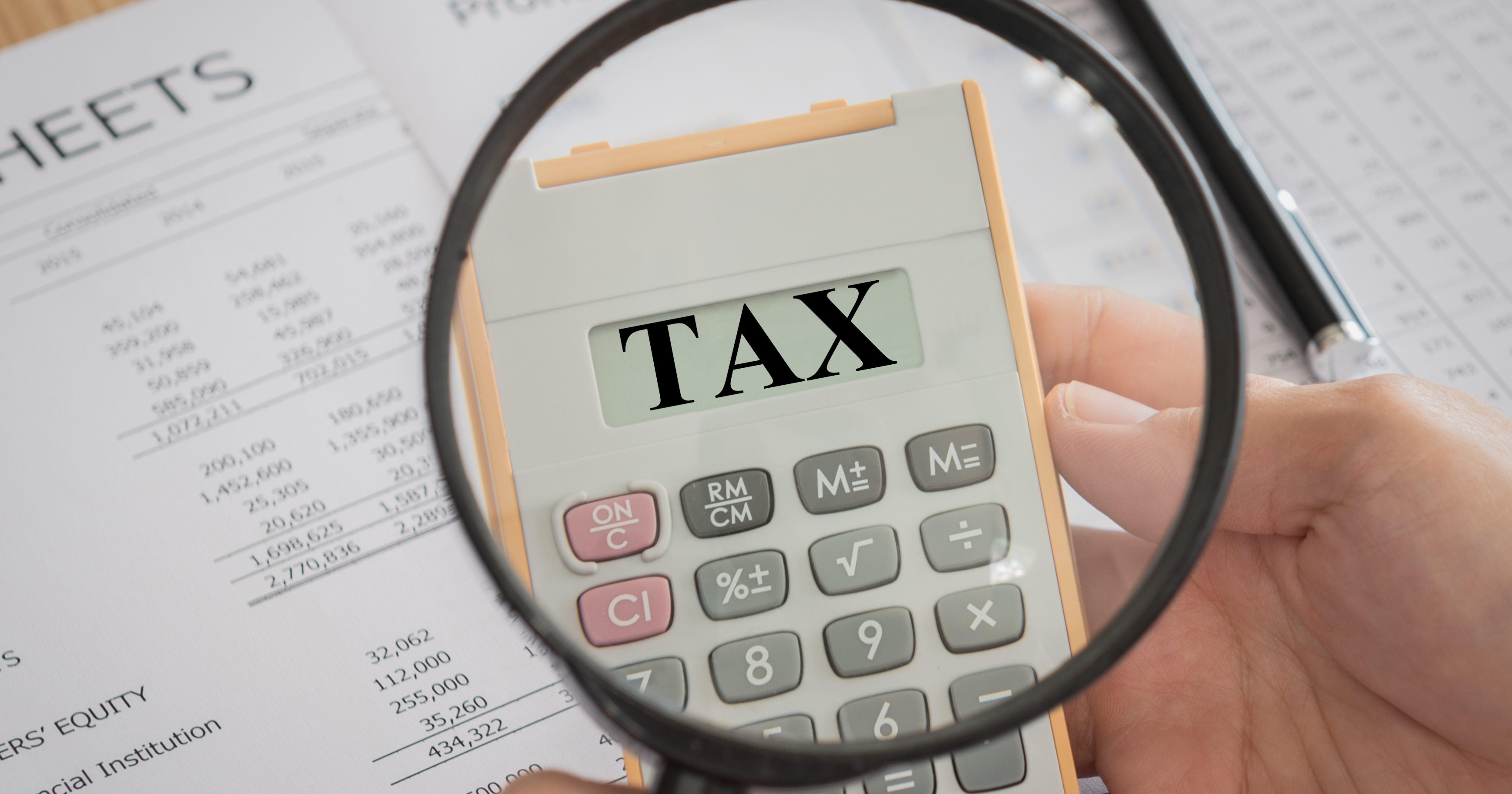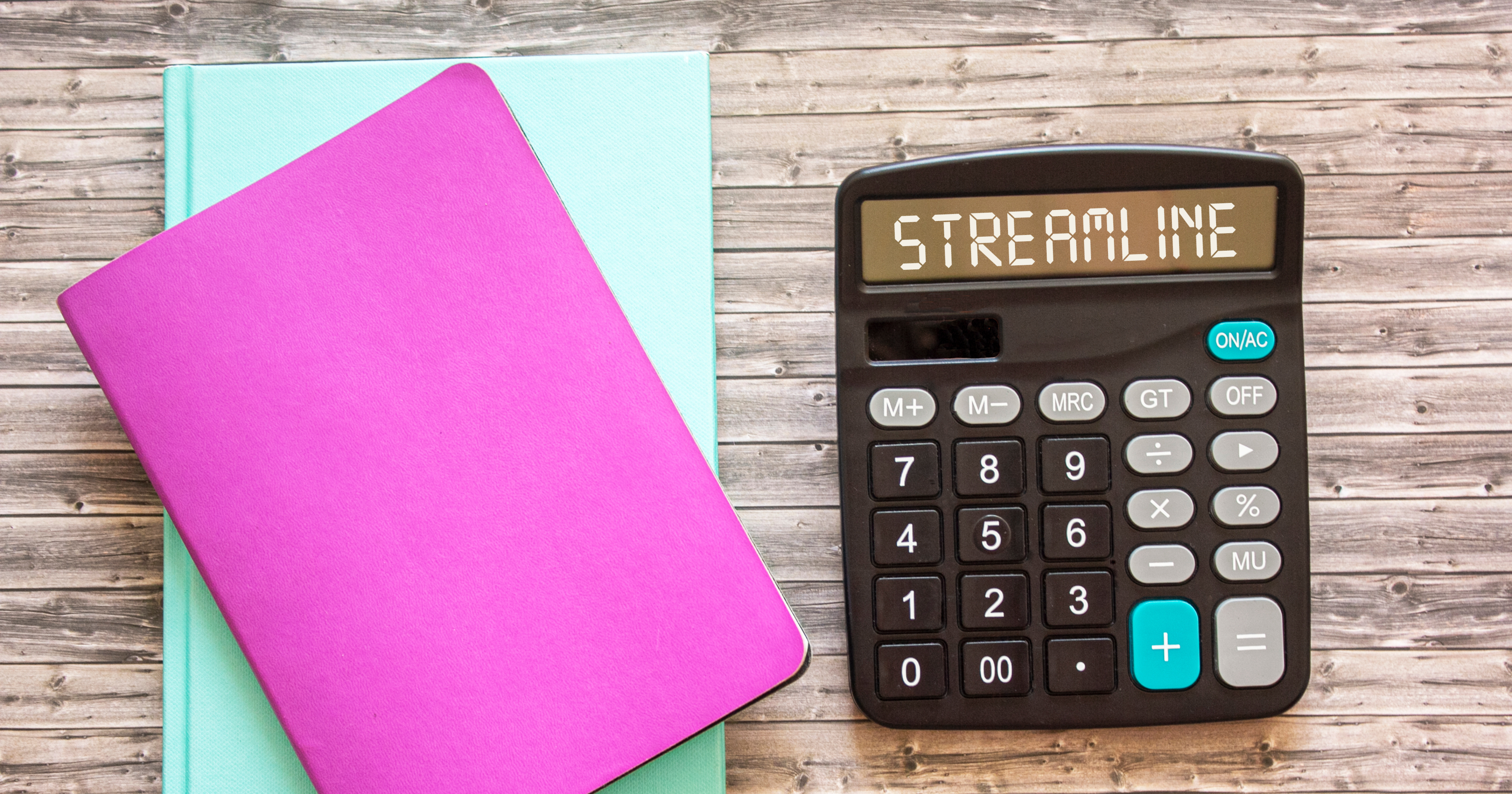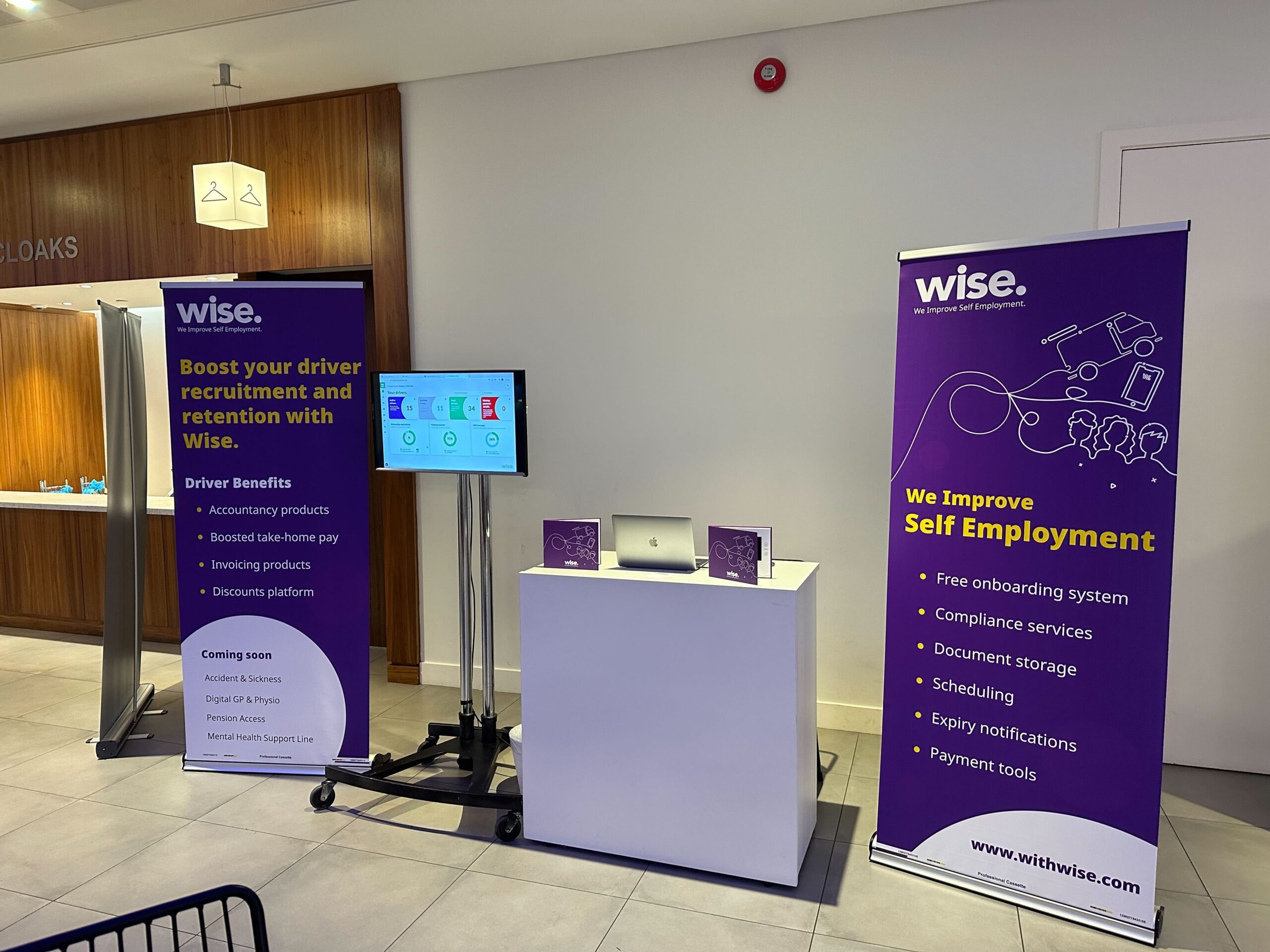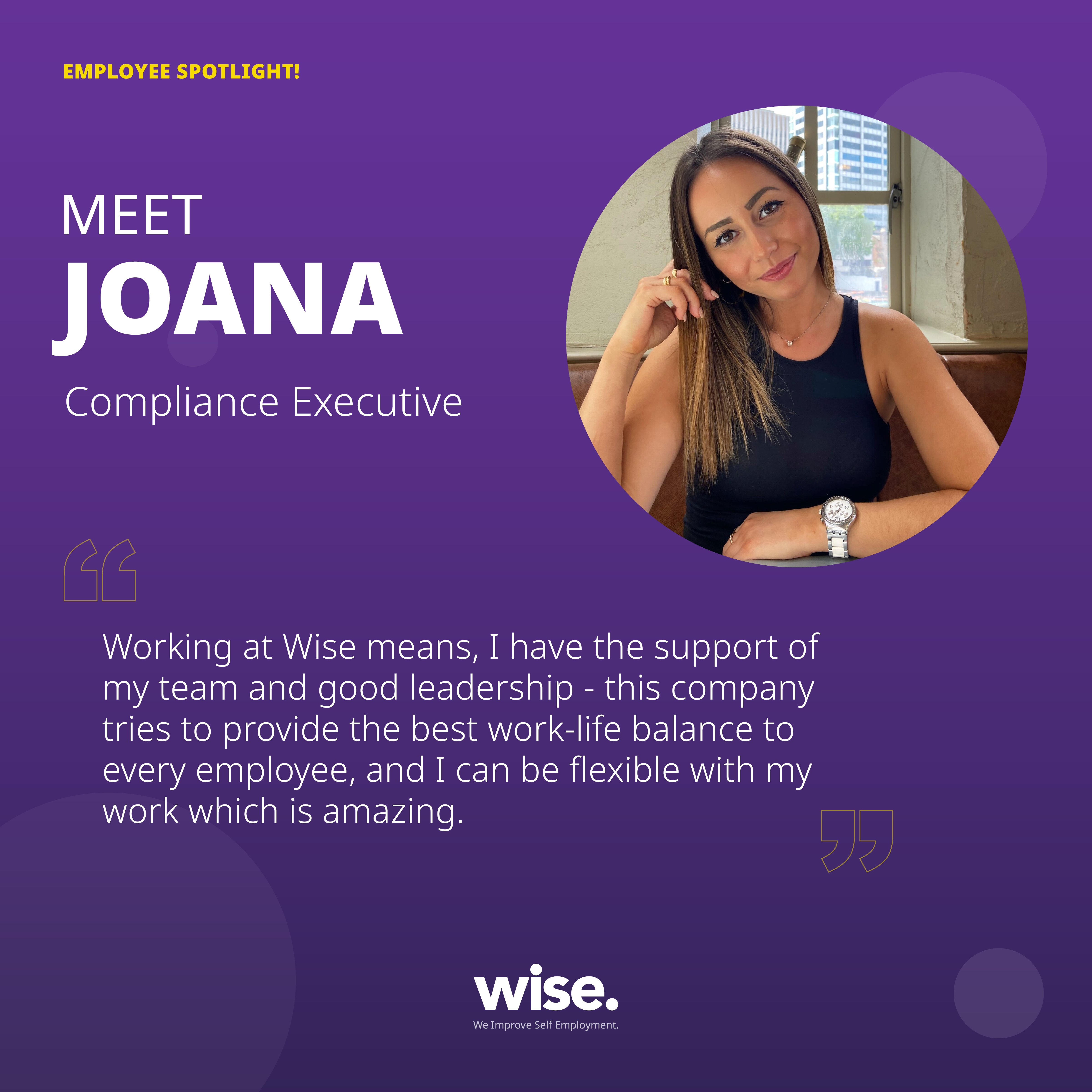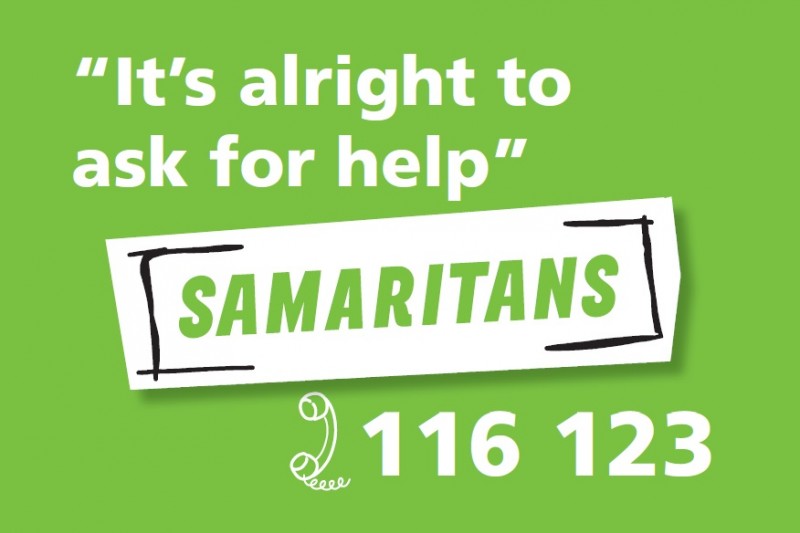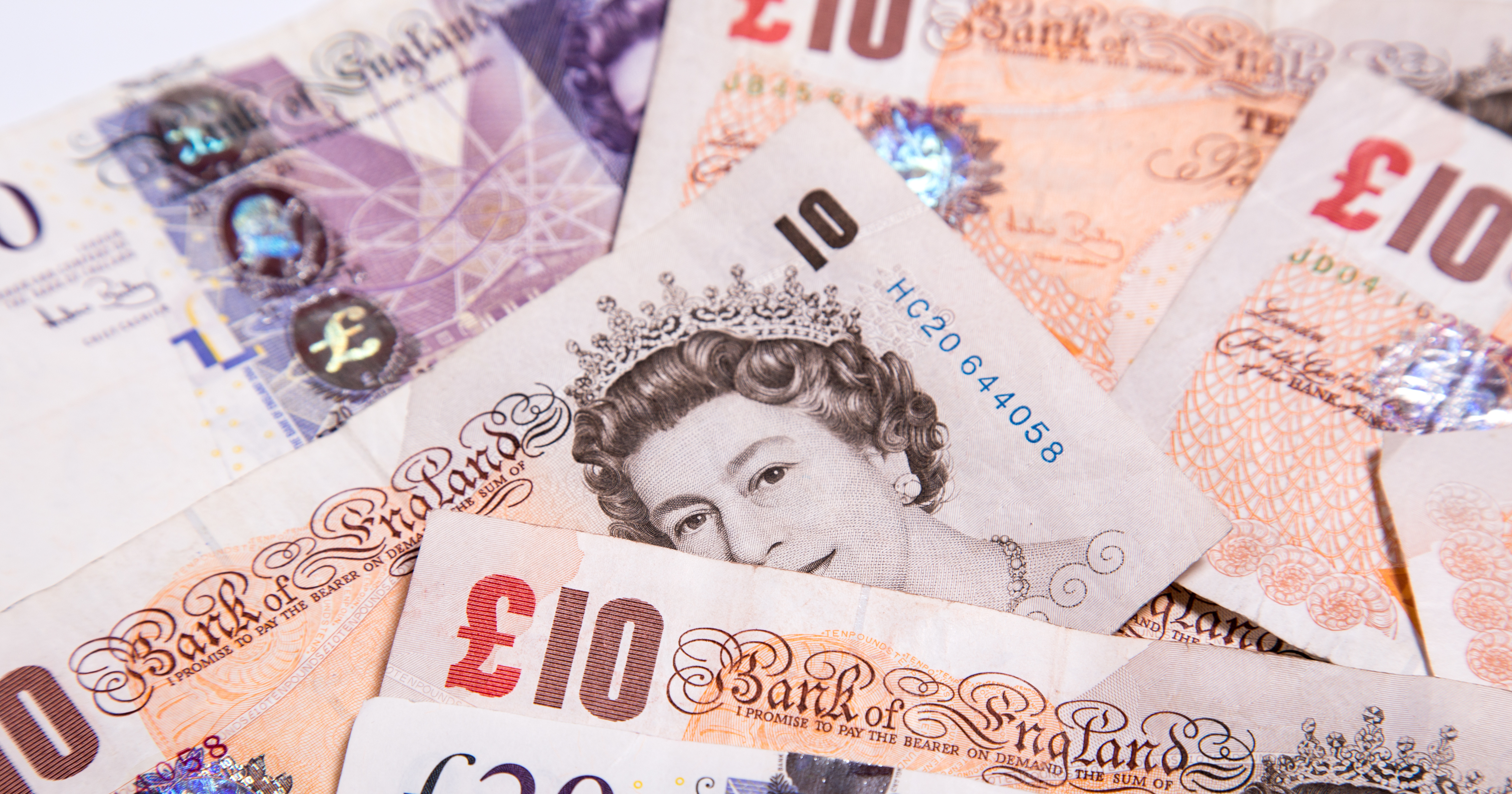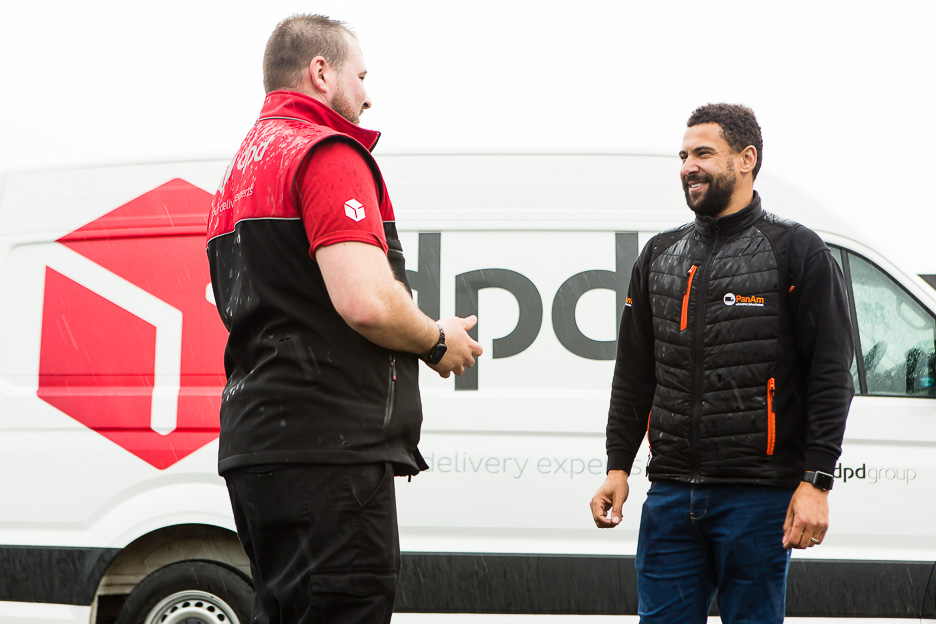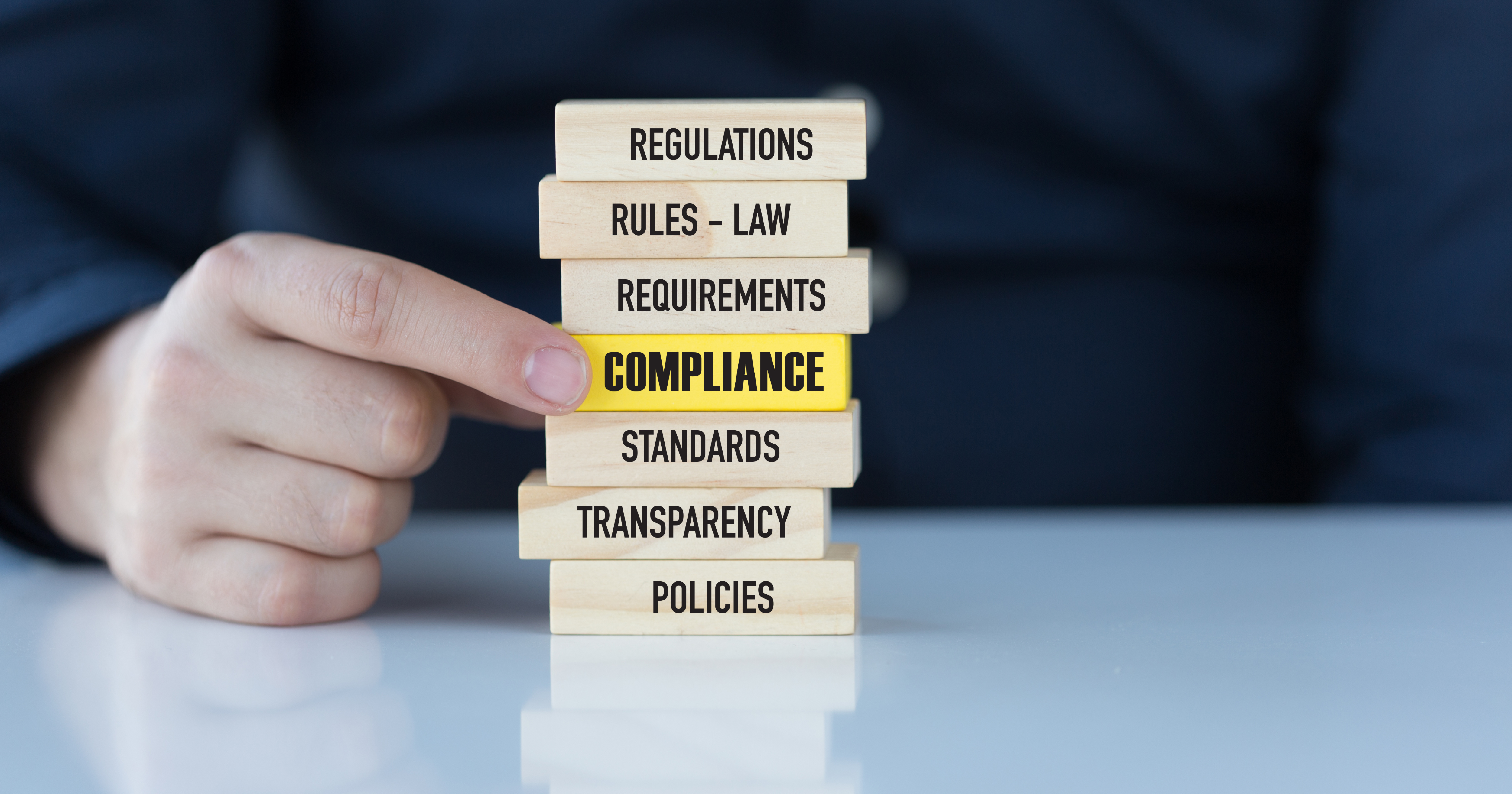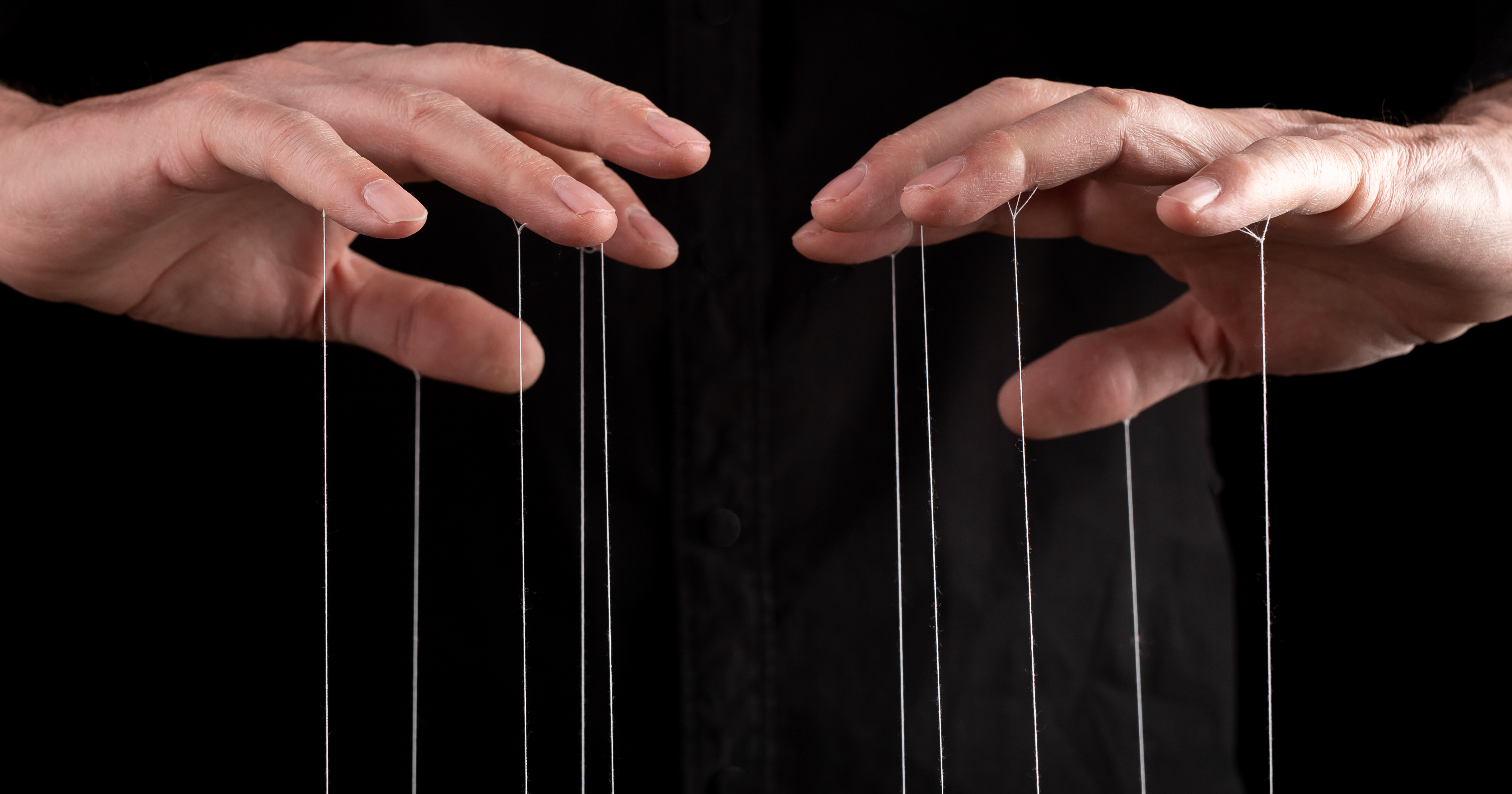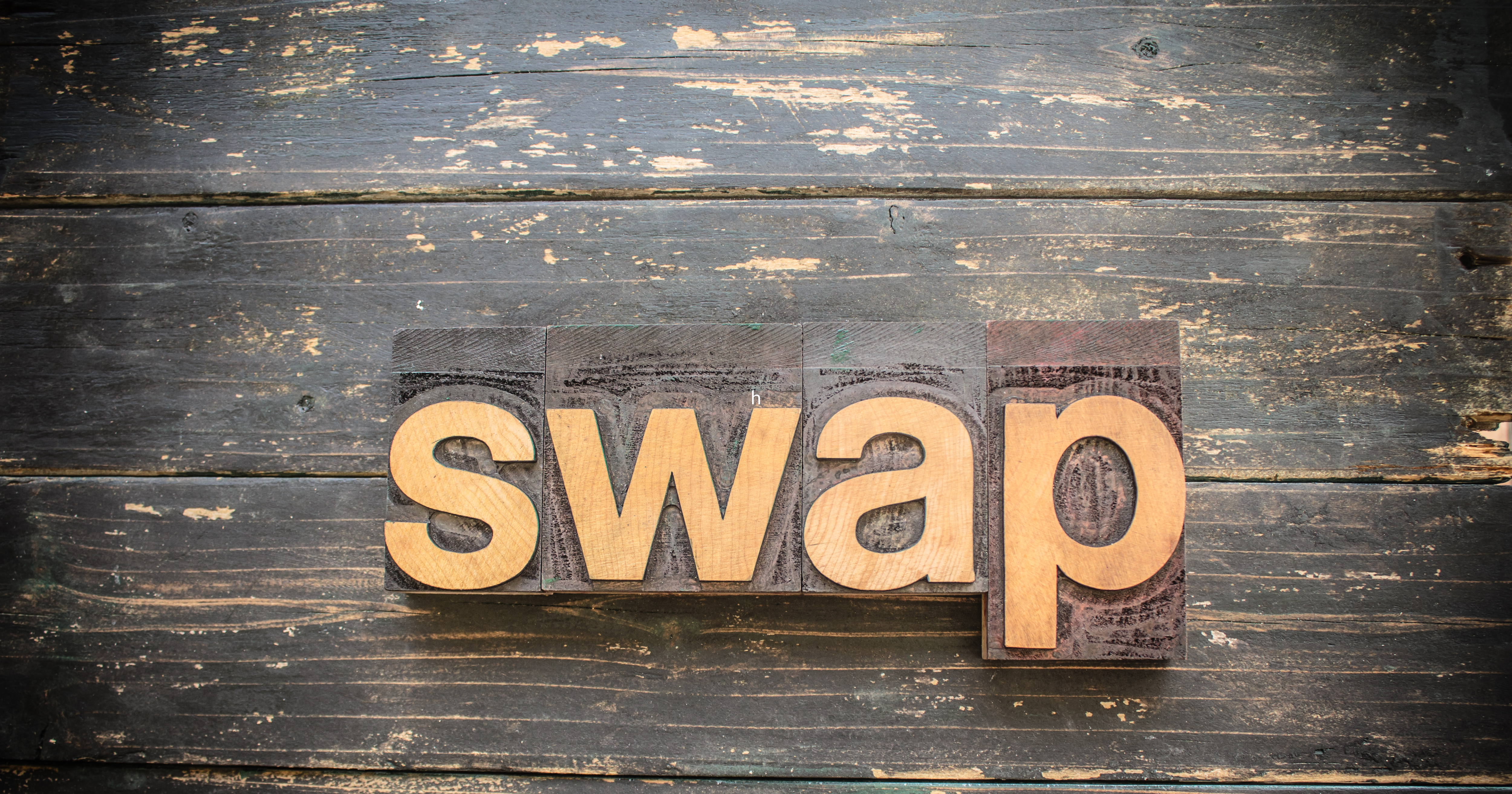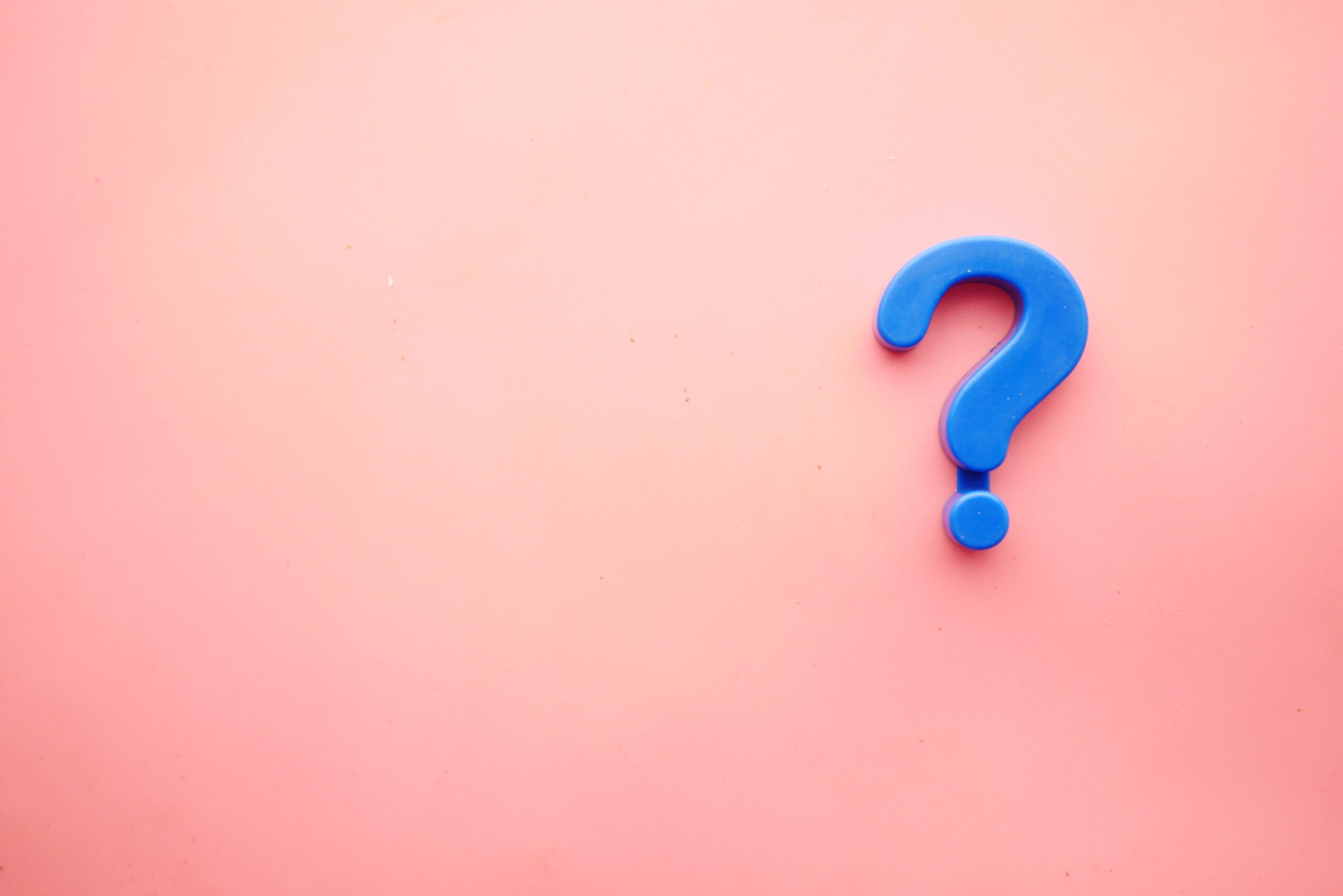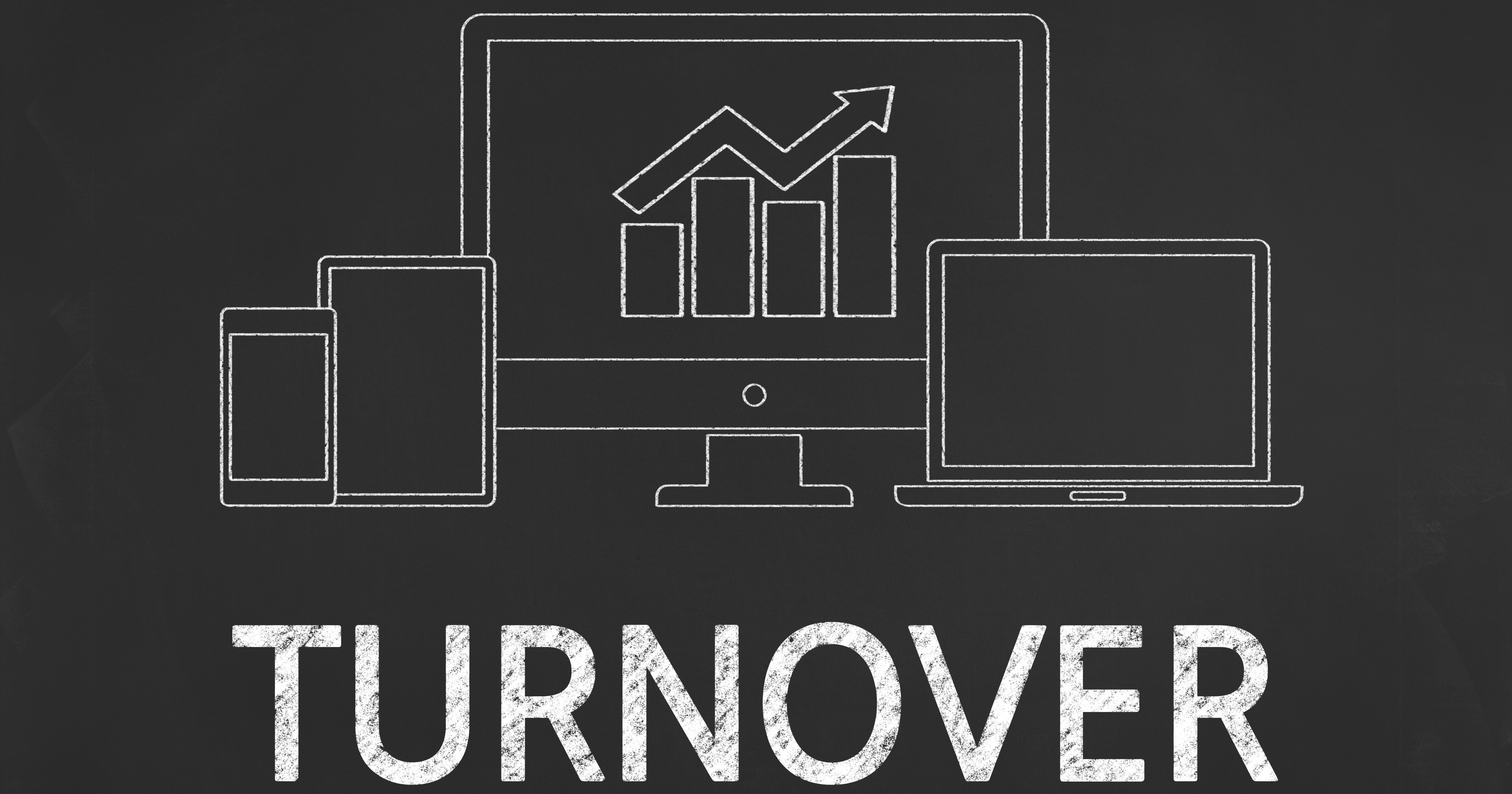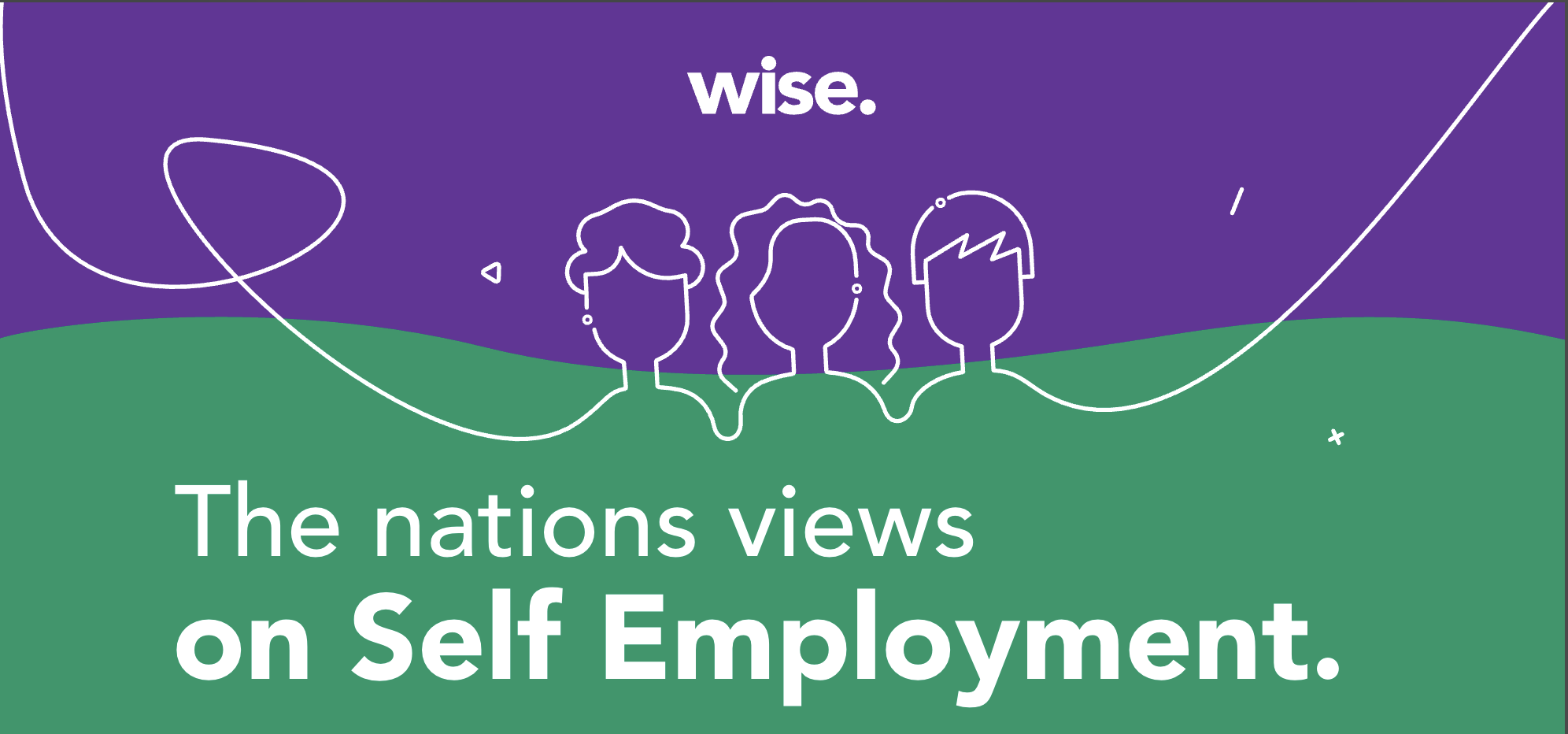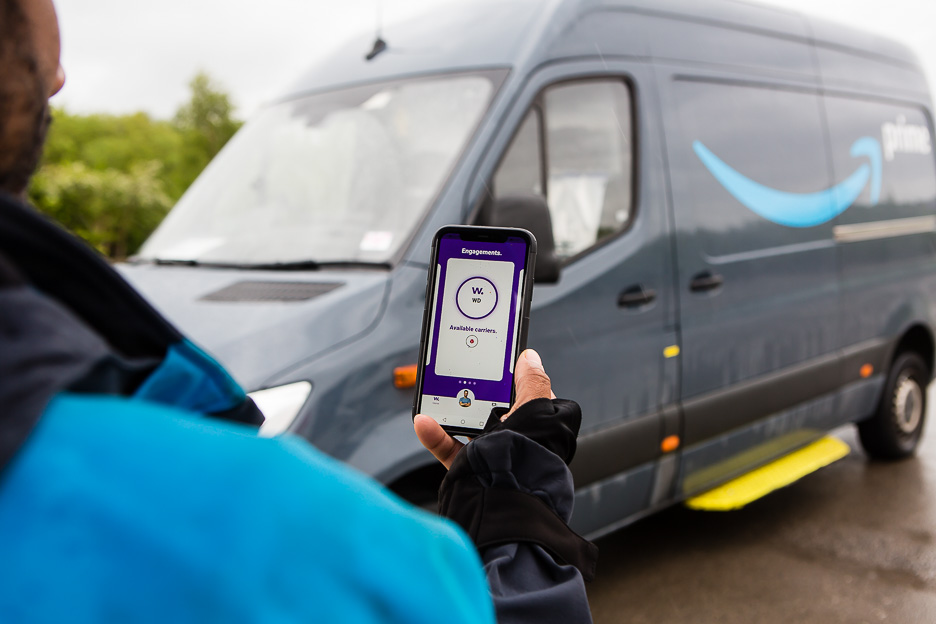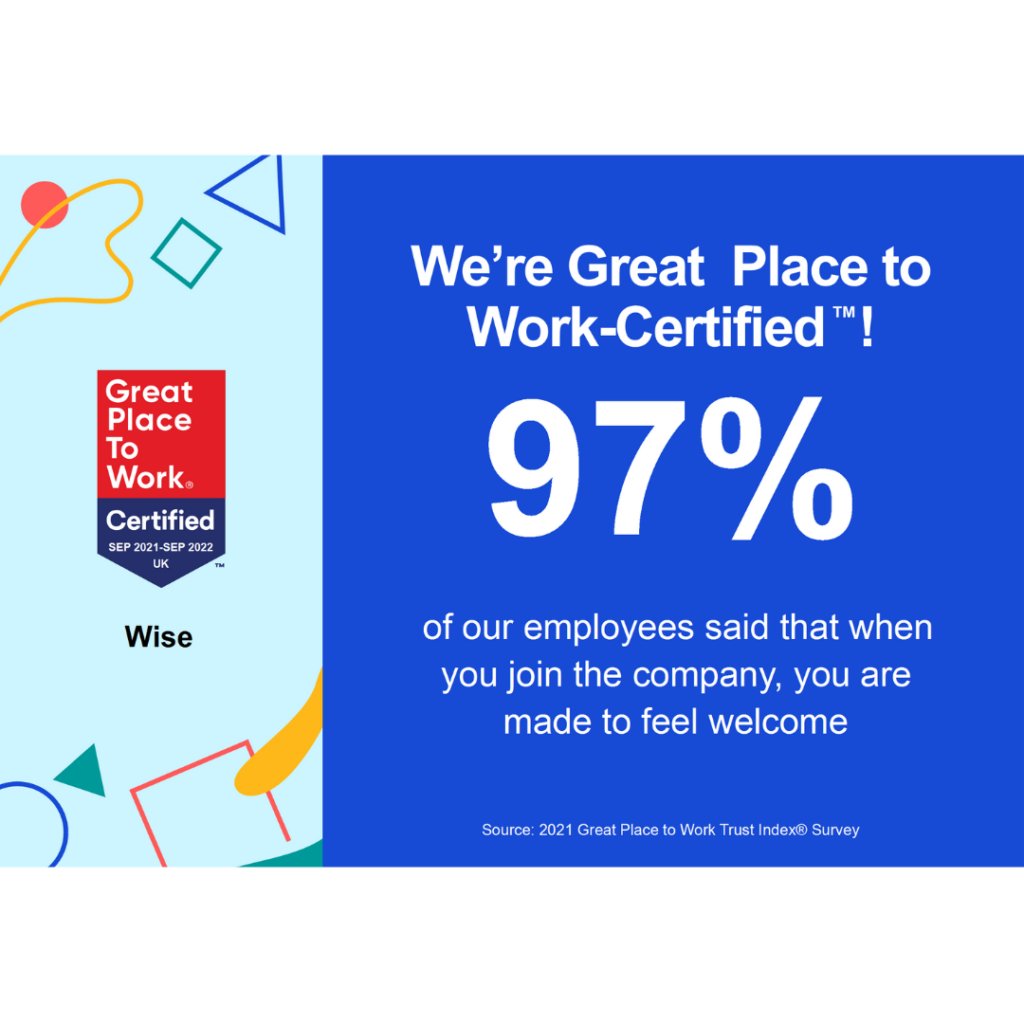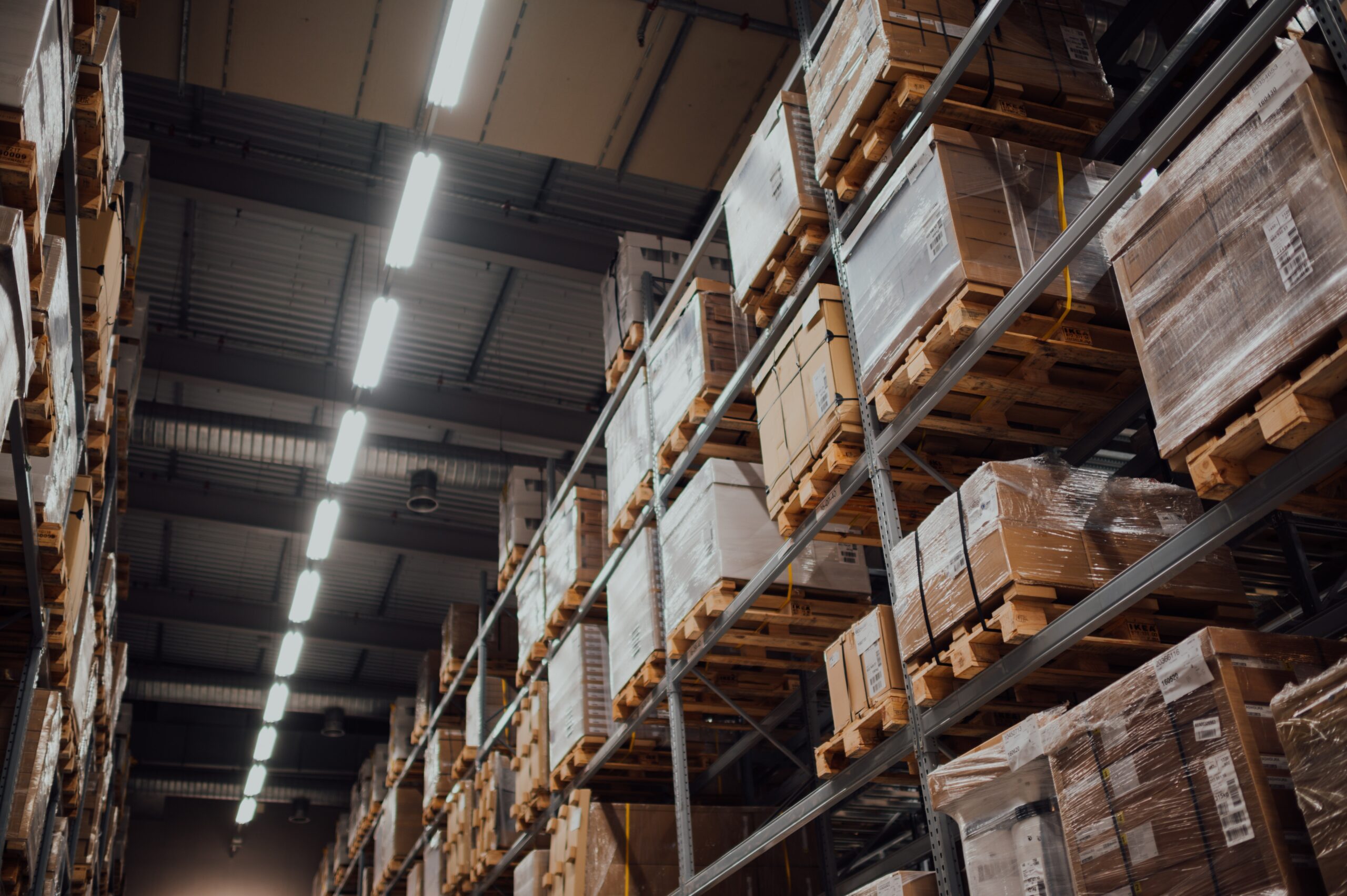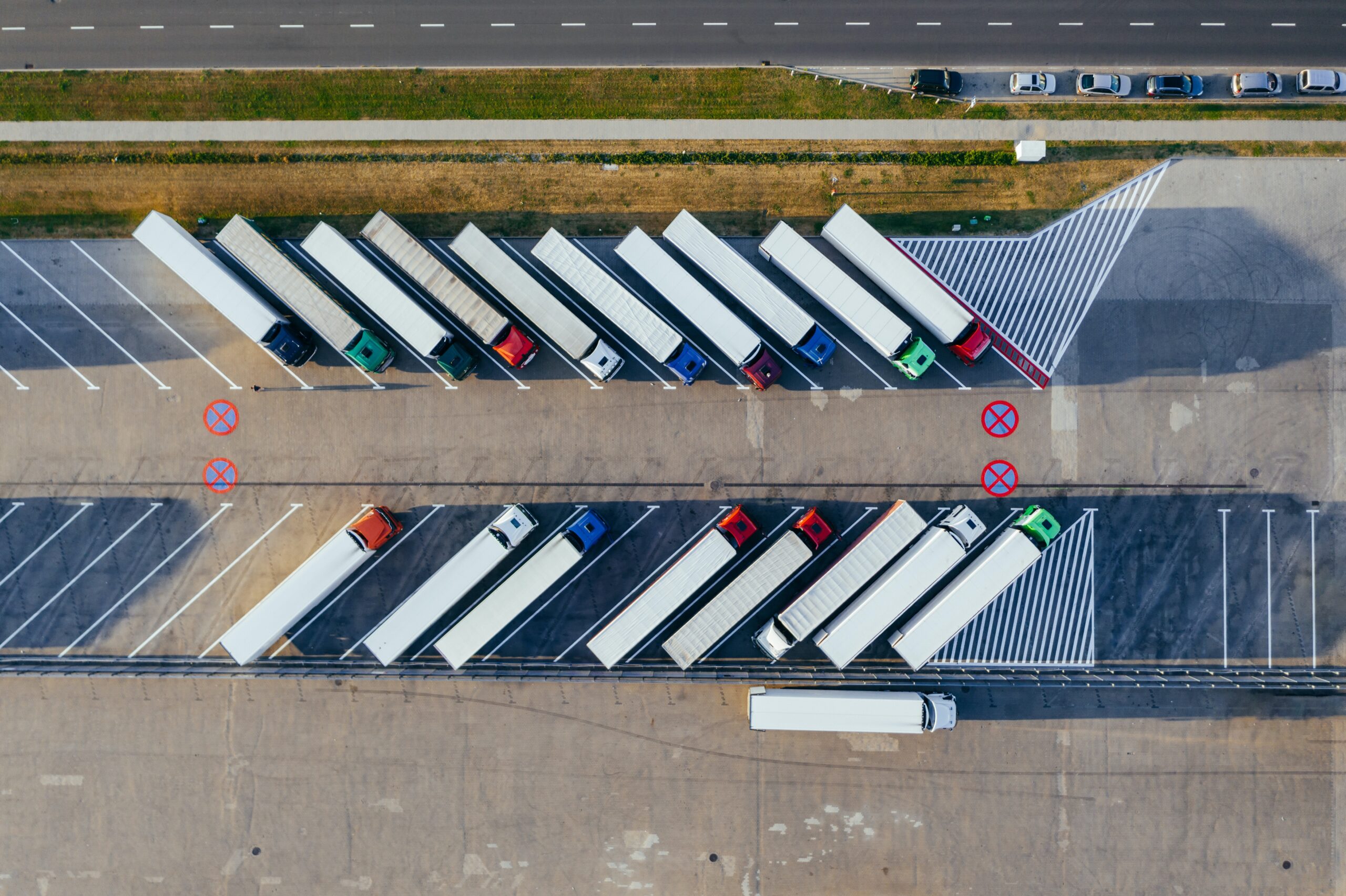Self-employed couriers are required to pay tax on any income they earn. To do this, you need to submit a tax return to HMRC, a legal requirement for all those self-employed.
This type of tax return is known as a ‘self-assessment’. Self-employed individuals are required to complete one each tax year, and deduct tax themselves from their earnings.
Do I need to complete a self-assessment?
If you already have an idea of what a tax return is, you’re in the right place!
But, you might not know the ins and outs involved with completing tax returns such as the process behind filing your tax return and how to calculate the amount of tax you need to pay.
HMRC makes it mandatory for you to complete a self-assessment tax return if any of the following applies to you:
- A sole trader / self-employed
- A director of a limited company – or the director and the only employee of a limited company
- Receiving income that is not taxed at source
What will I be taxed on?
HMRC will tax you on your profits each tax year in the following two ways:
- Income Tax: you’re tax earned at 20%, 40%, or 45%, depending on how much you earn
- Class 4 National Insurance: this is a percentage charge (6%) on your earnings if they exceed £12,570 per year
Expenses, what do I need to know?
A great perk of being a self-employed delivery driver is that you’re able to claim back some of the tax on business expenses. Any expenses that are exclusively related to your business can be tax deductible. This includes:
- Vehicle insurance
- The cost of repairs, servicing and running your vehicle
- The cost of your annual road tax and MOT test
- The cost of cleaning your own vehicle
- Interest on any bank or personal loans taken out to purchase your vehicle
- Business fuel
- Parking tickets (excluding parking fines)
- Hire charges
- Vehicle licence fees
- Breakdown cover membership fees
- Train, bus, air and taxi fares
- Toll charges
- Uniform
- Phone usage for business use
If your expenses have both personal and private use, such as telephone bills, they can be included, but they must be apportioned based on the percentage of business use.
For example, if you work out if you use your phone 60% of the time for personal use, then you would need to reduce any relevant telephone bills by 60%.
How do I file my self-assessment tax return?
There are several routes you can take:
- Do it yourself via HMRC – which can be confusing, leading to hefty fines for any mistakes.
- Hire an accountant, which can be expensive!
- Beamin’ – Beamin’ is here to make managing your money simple, clear and rewarding.
How Wise can help
Wise provides a simple service that helps drivers efficiently manage their income.
- Raised invoices – We’ll liaise with the company you provide services for and raise an invoice on your behalf.
- Weekly payments – We process your payment on behalf of the company you are working with.
- Perks – Access to a full suite of perks directly from the Wise app, including digital GP, mental health support, van assist, discounts and perks mobile.
Also, Wise partners with Beamin’ to make managing your money more simple, clear and rewarding. That’s why their team of expert accountants offer a range of services so that you can spend less time worrying about money and more time enjoying yourself.






